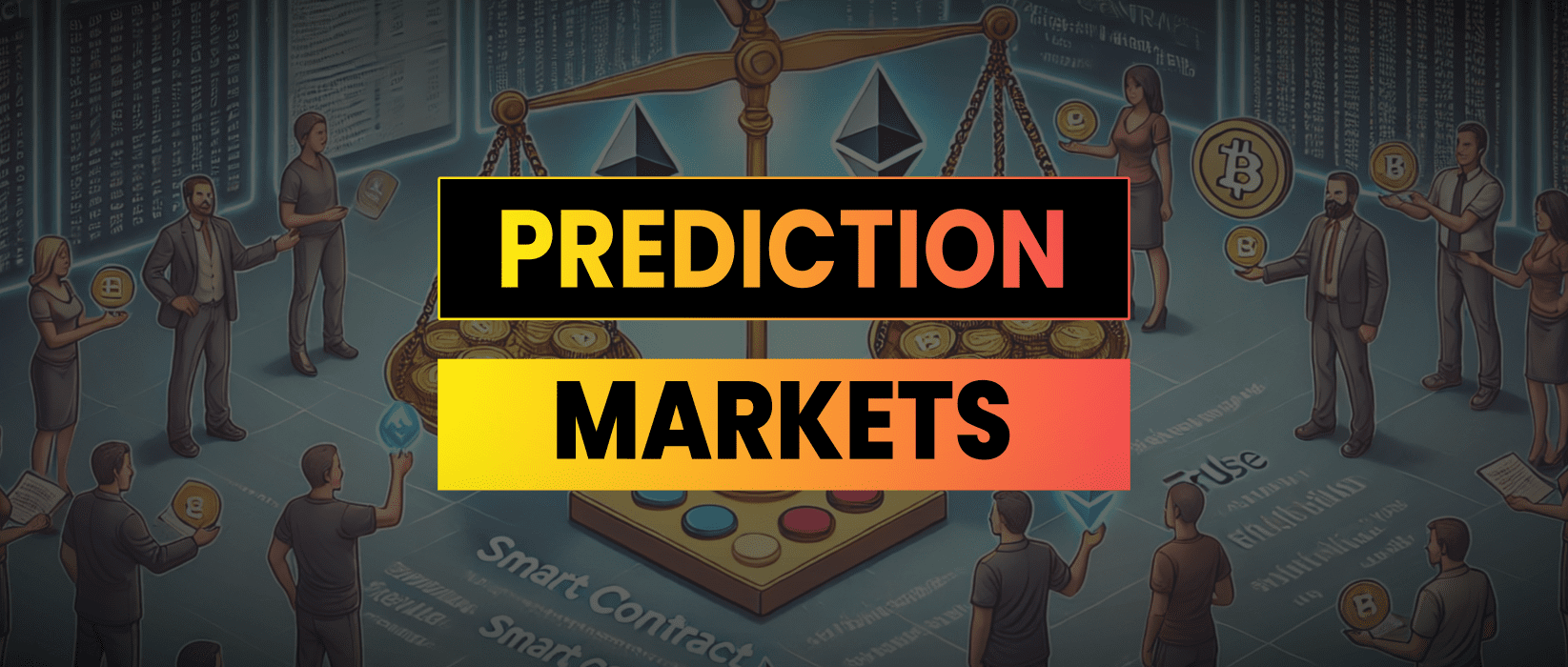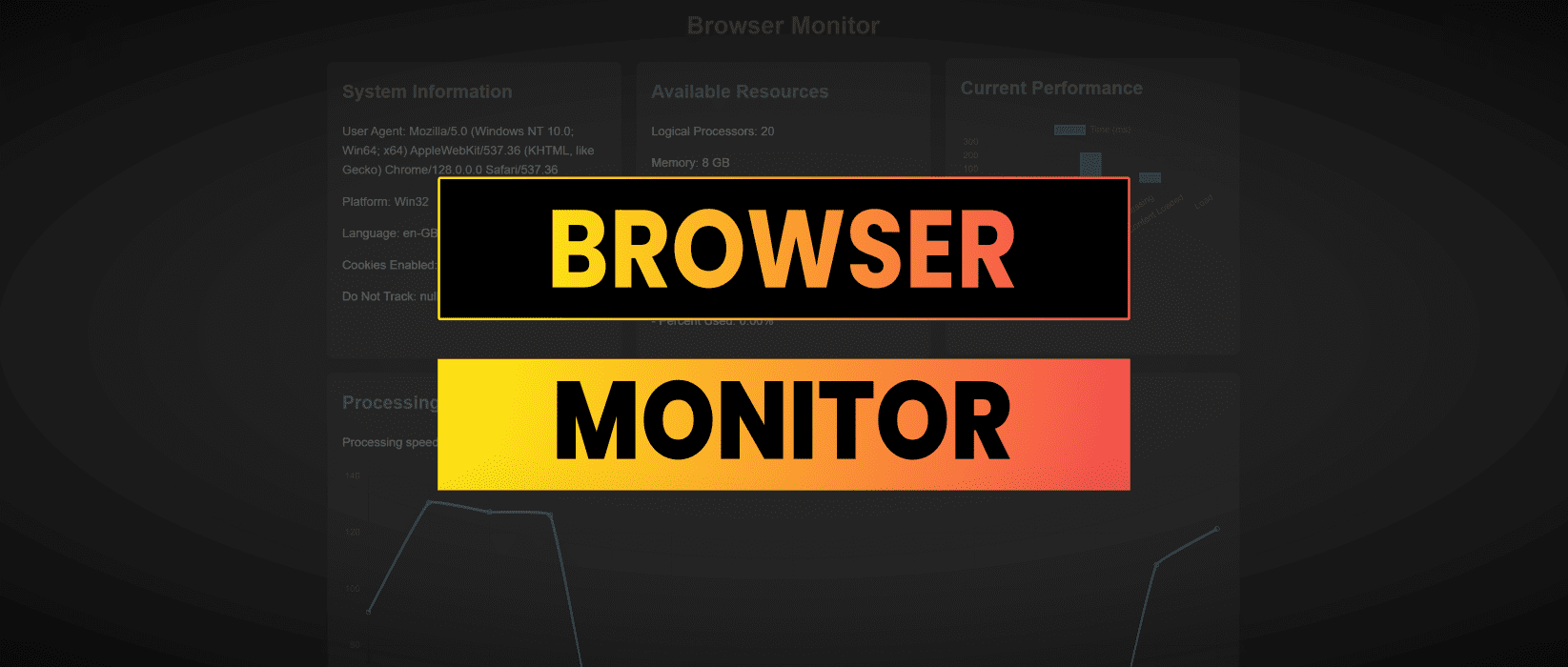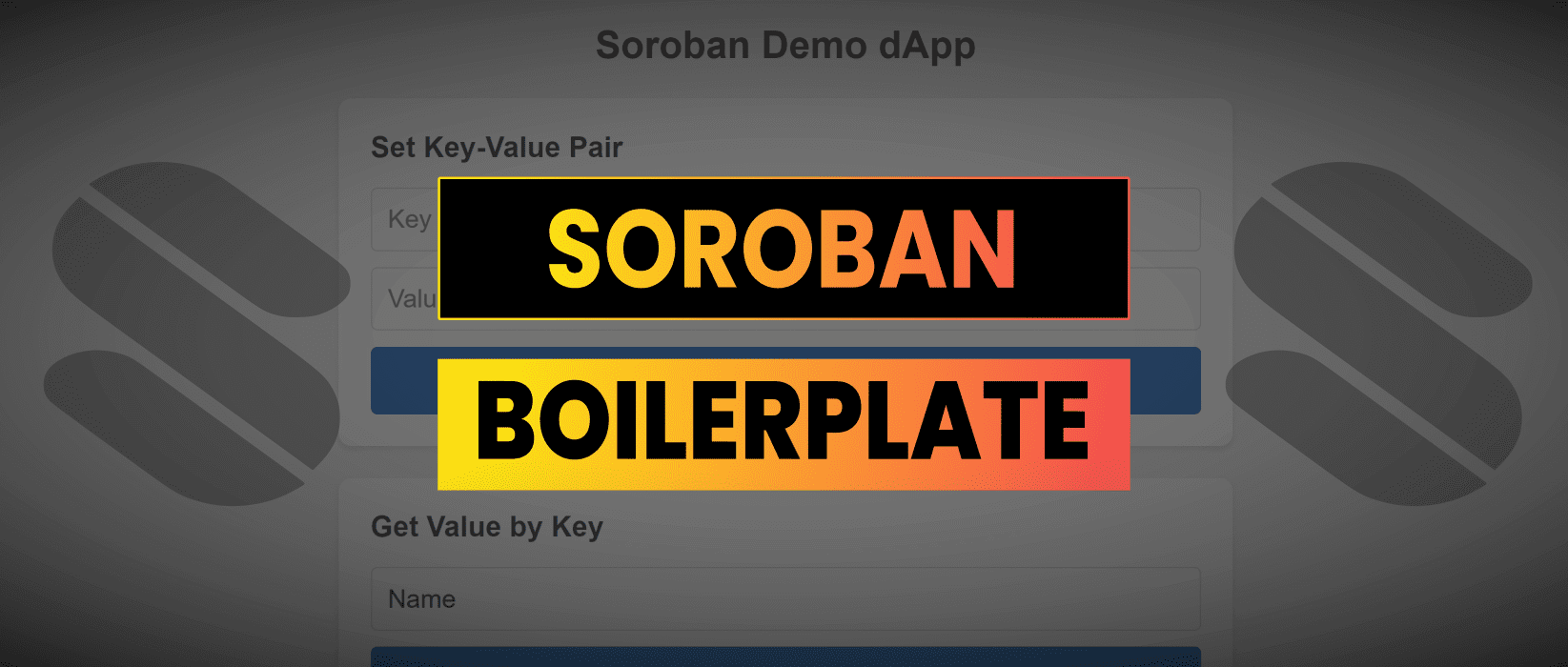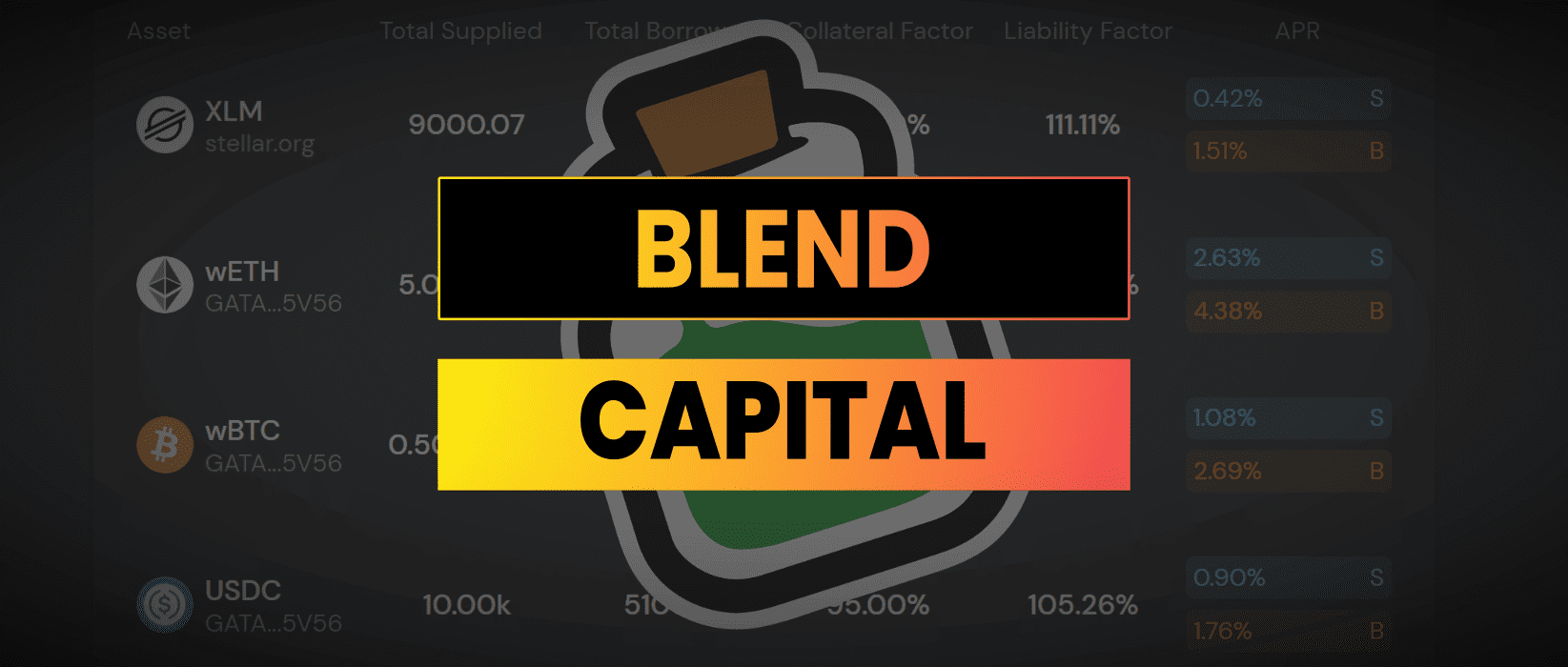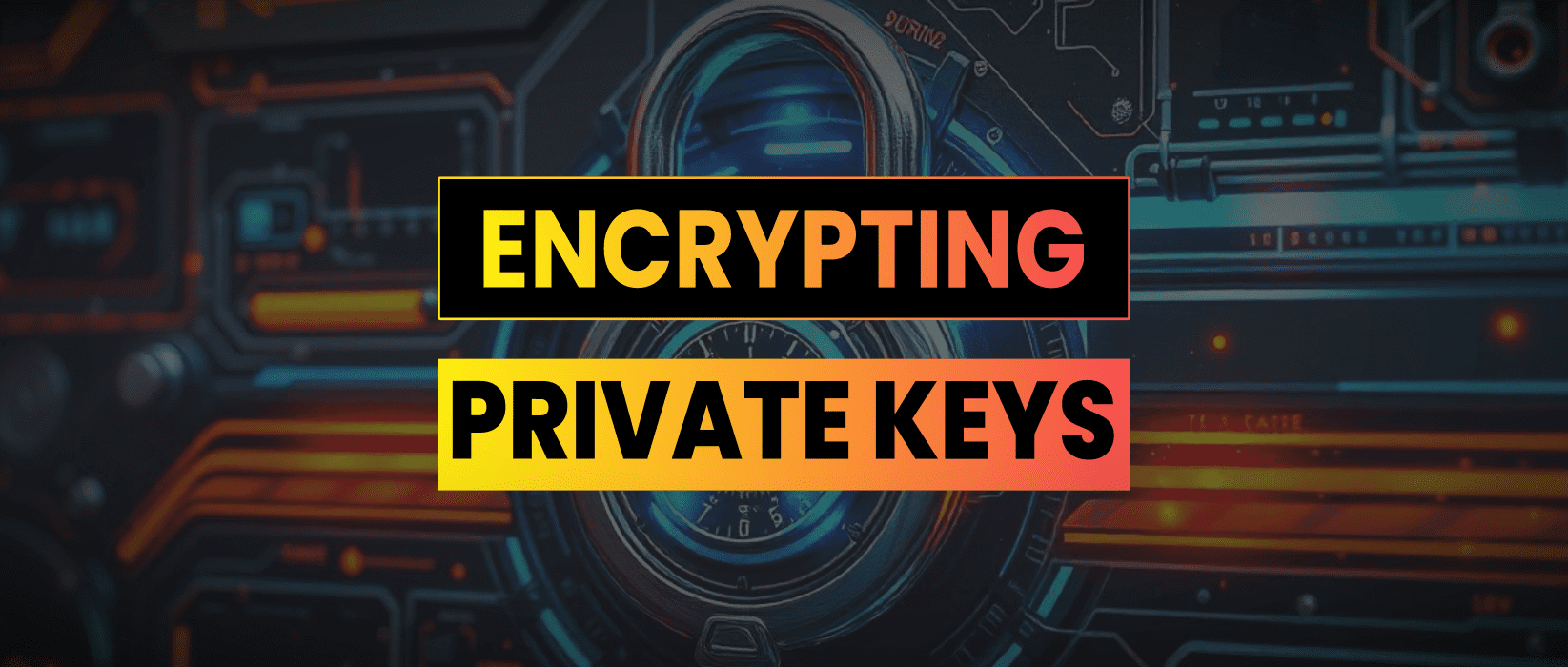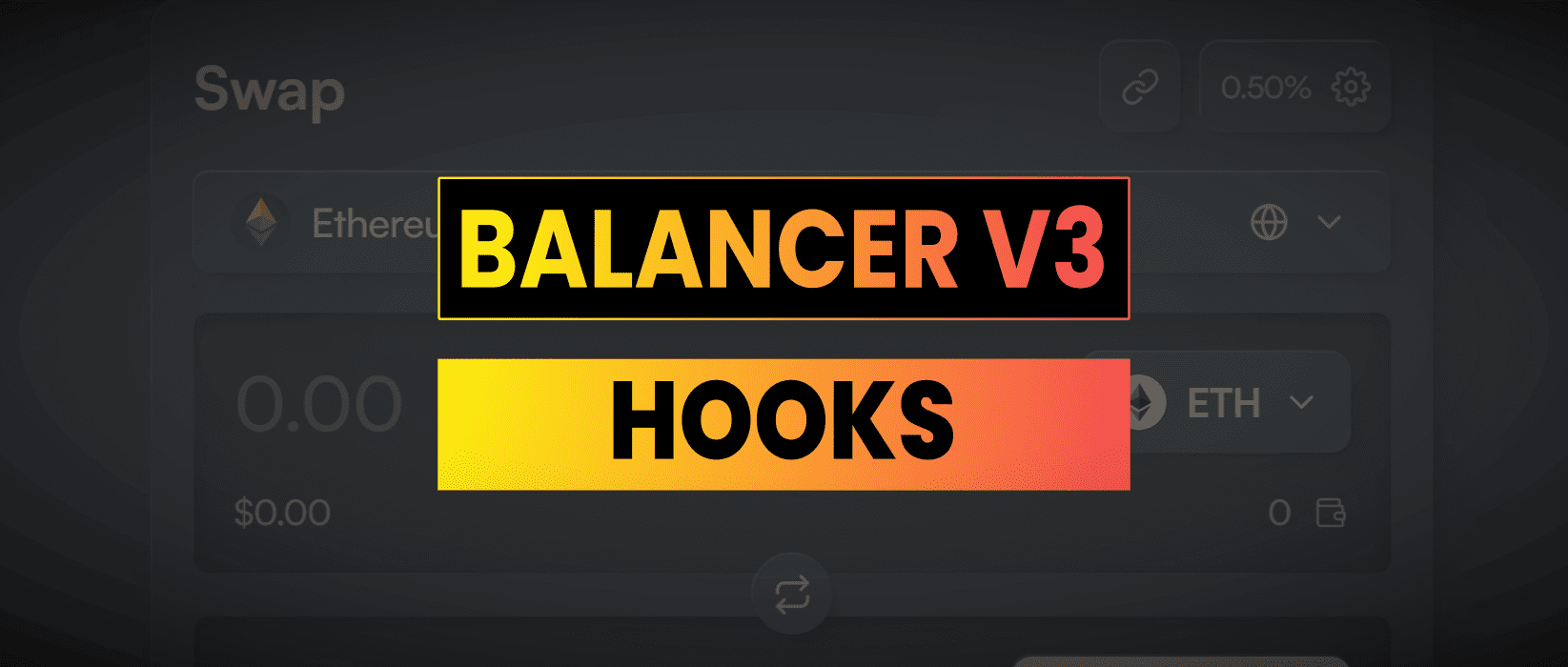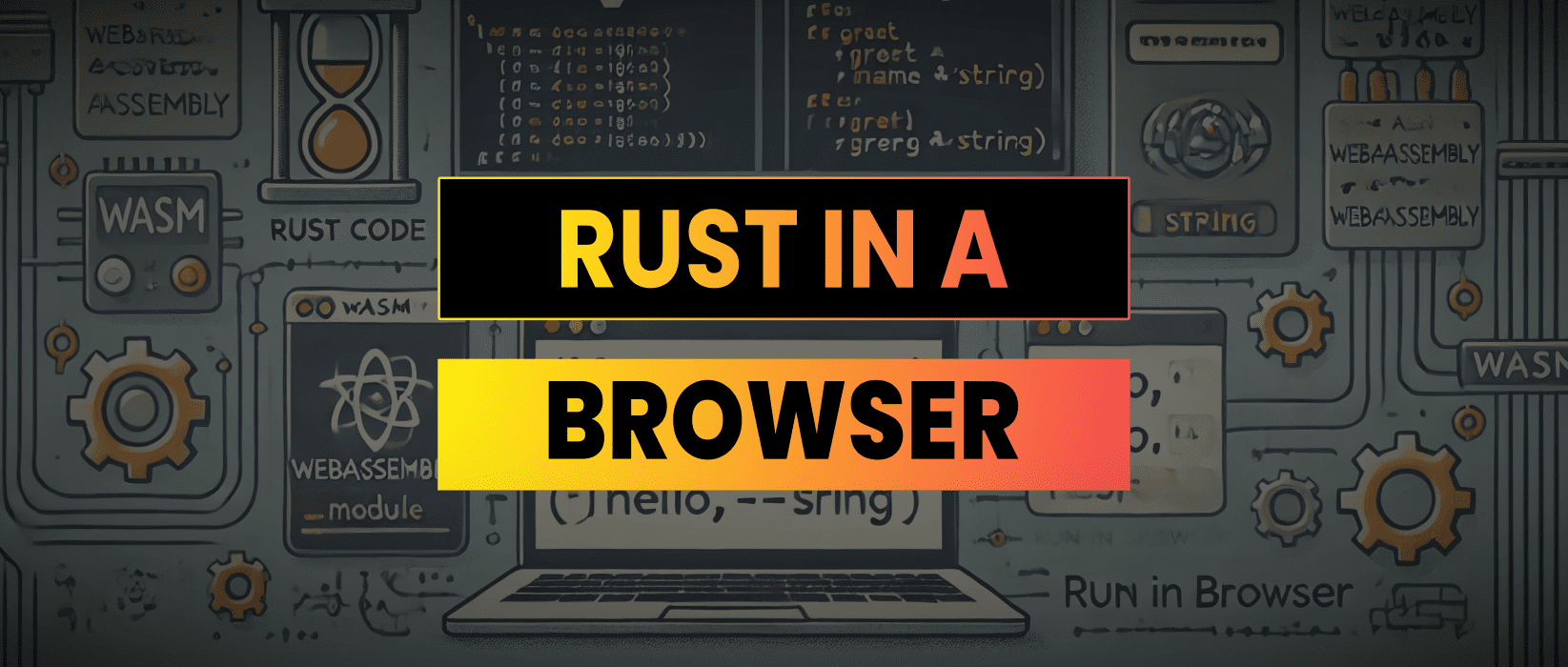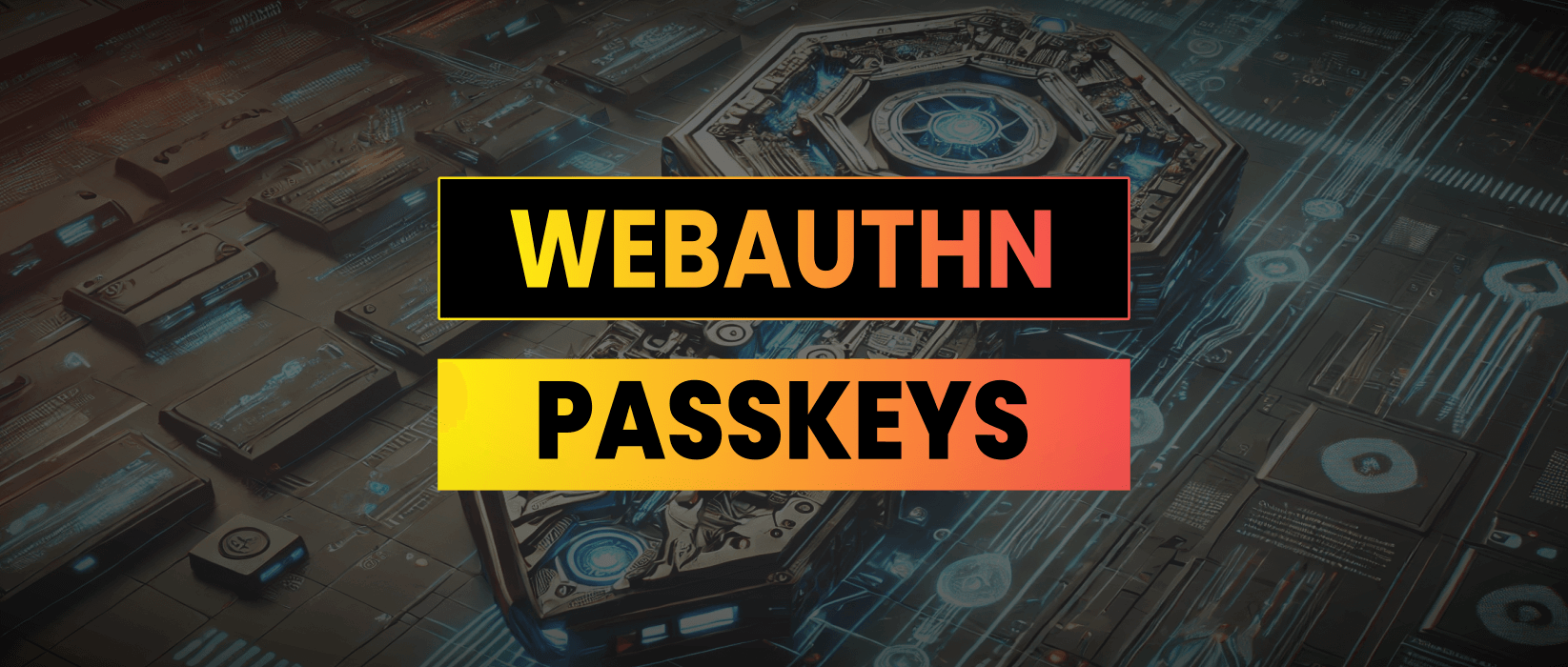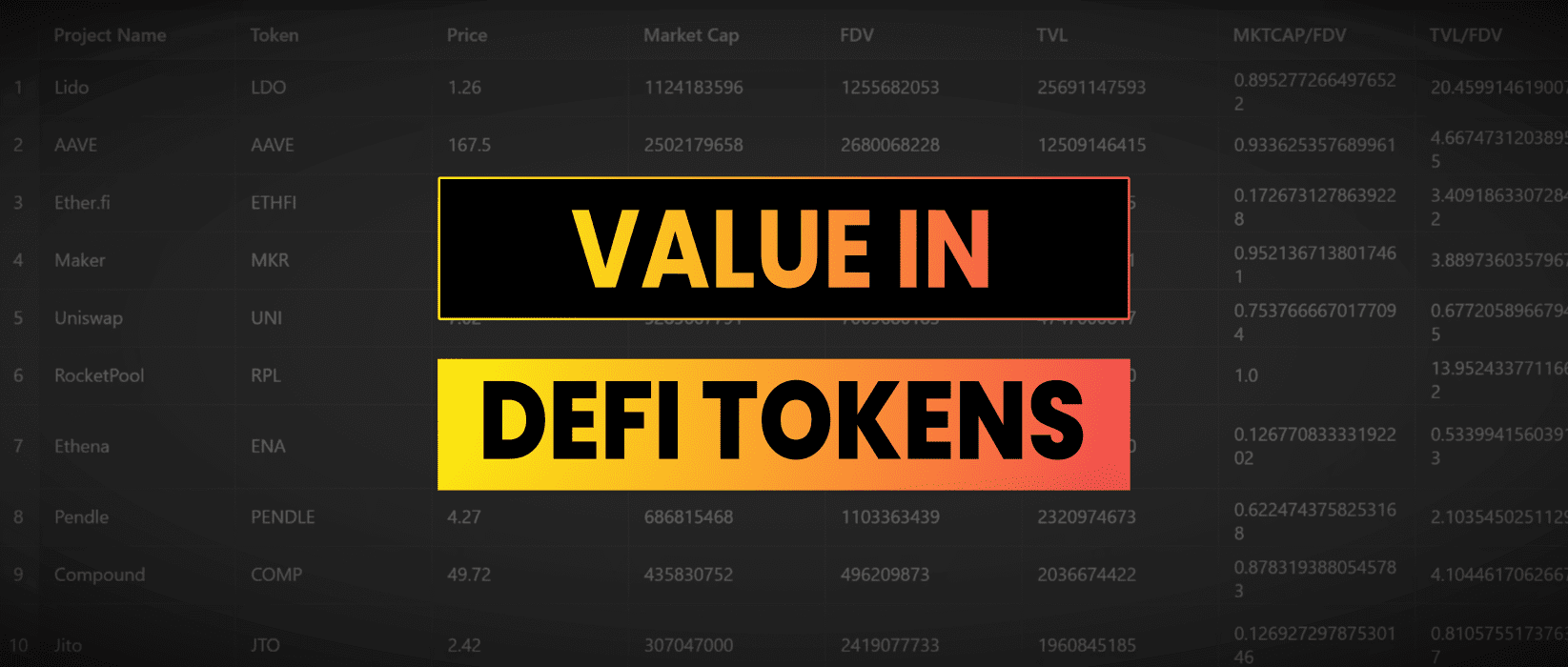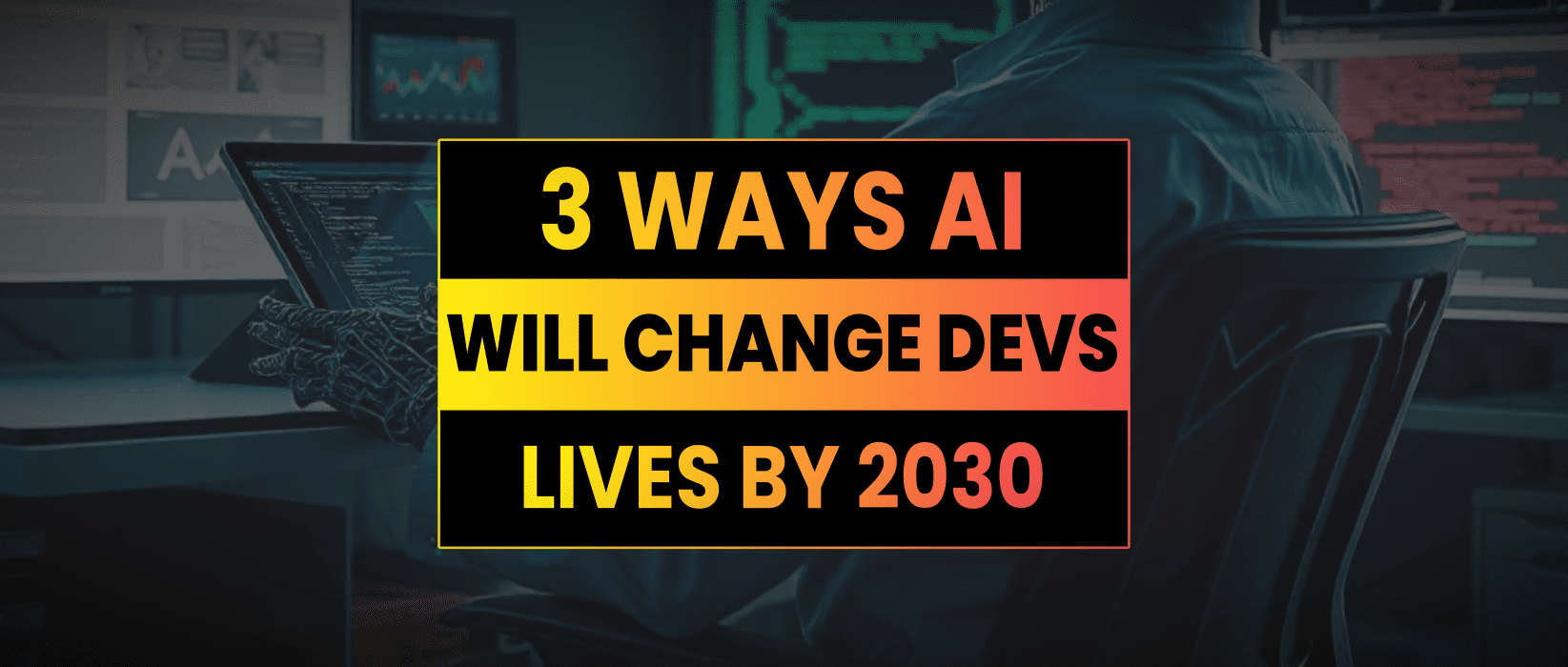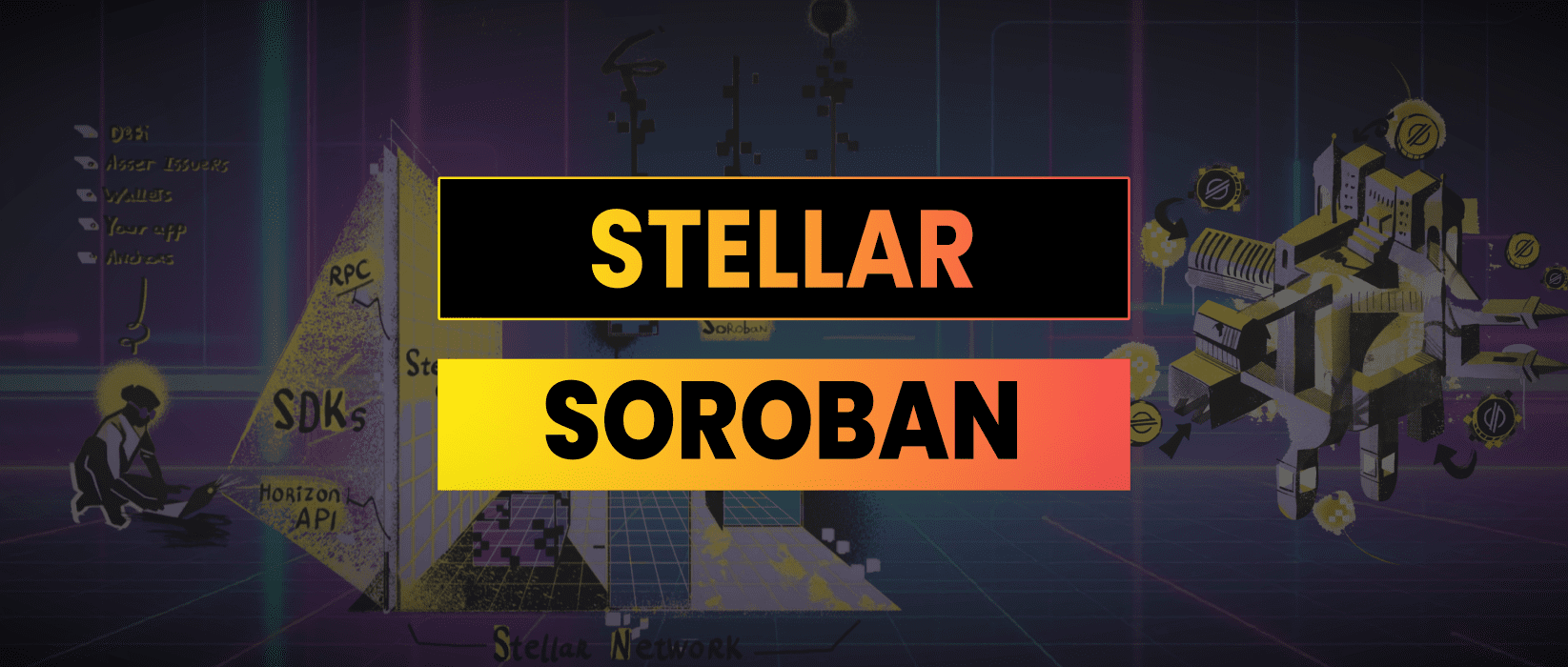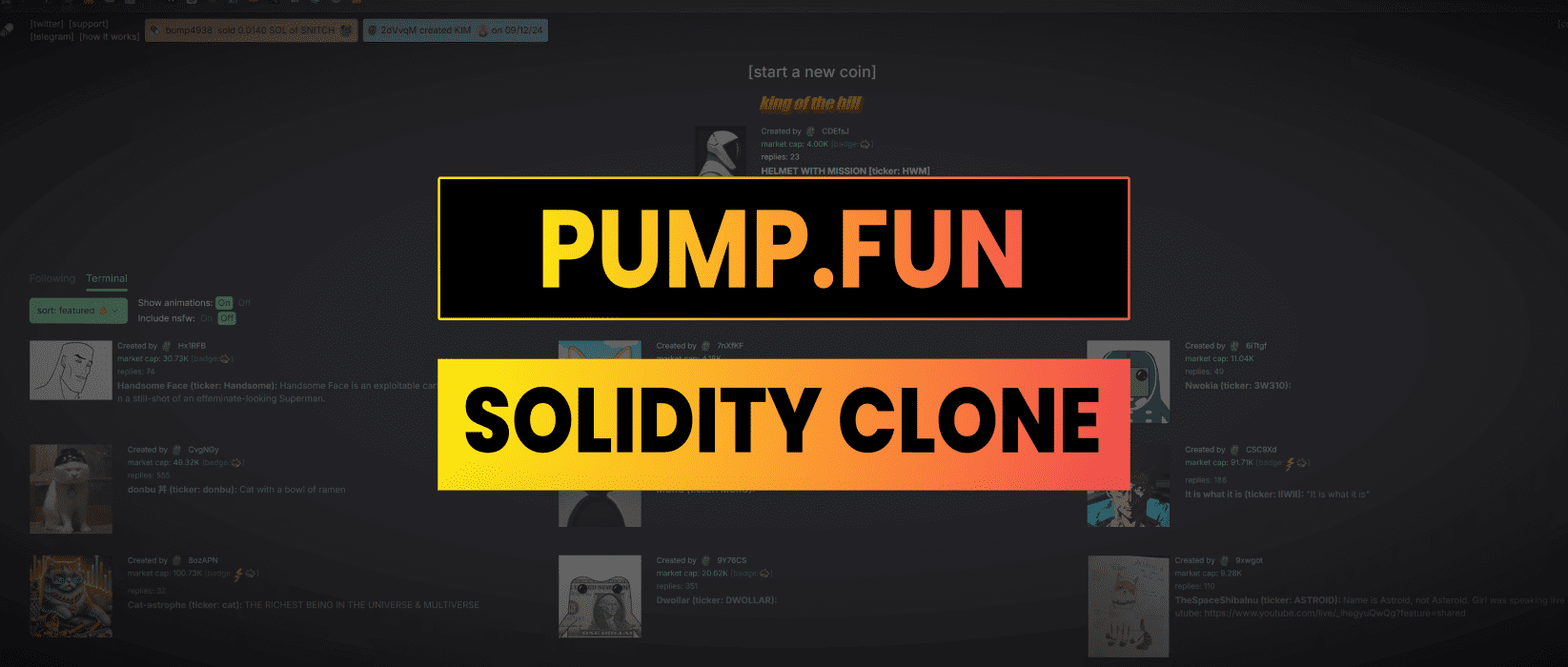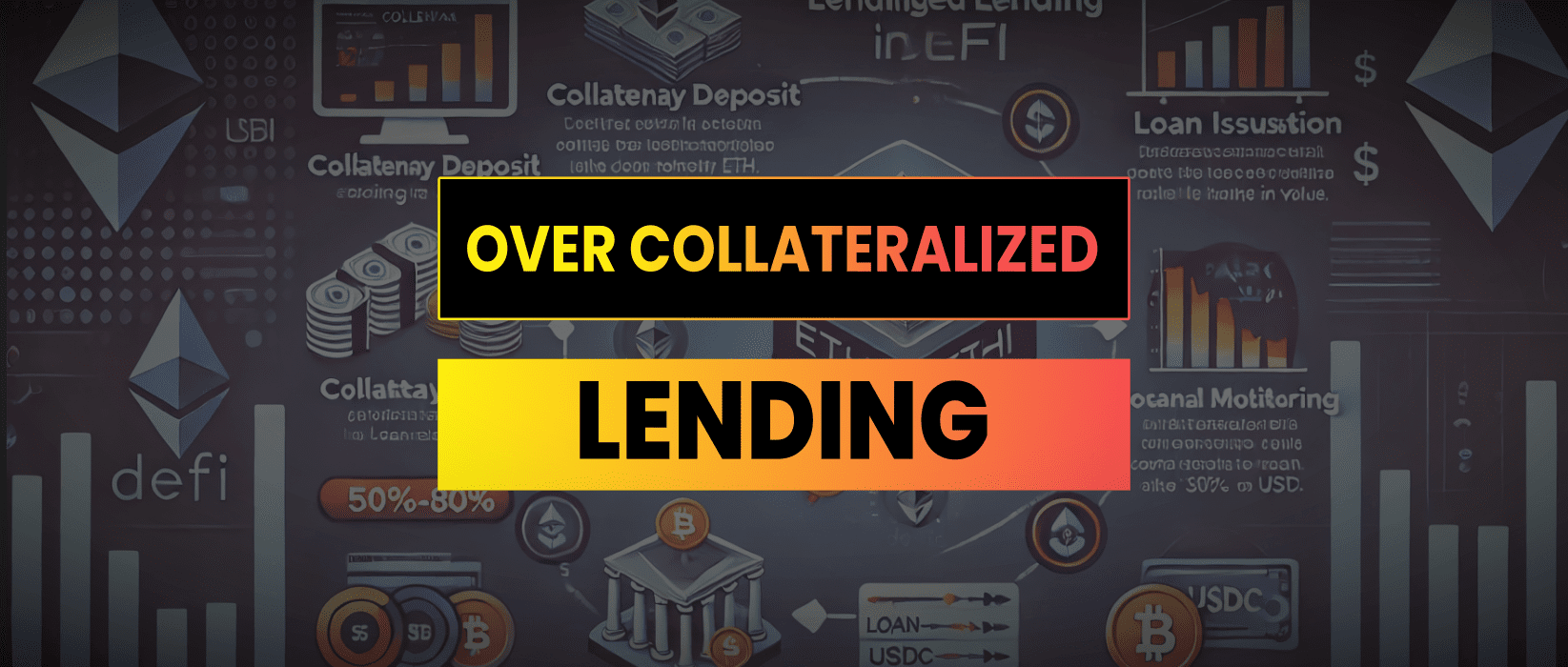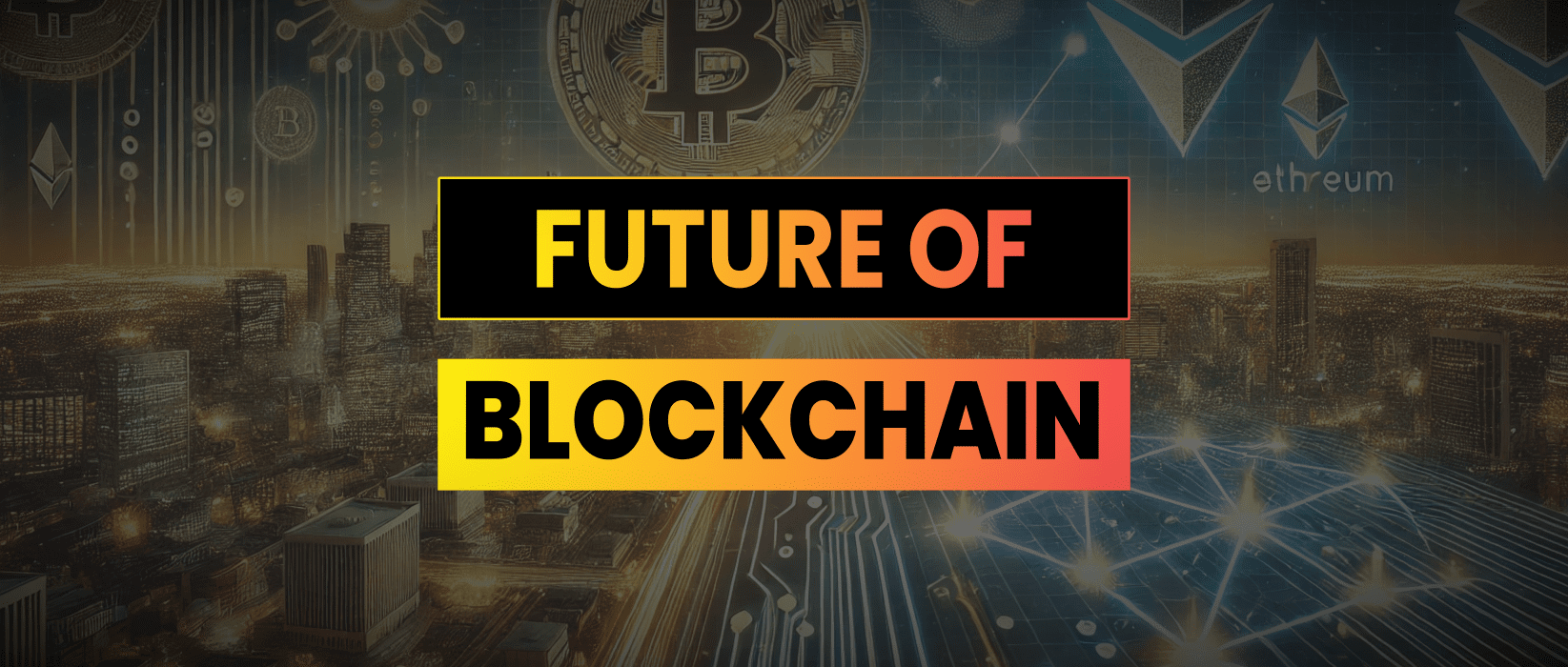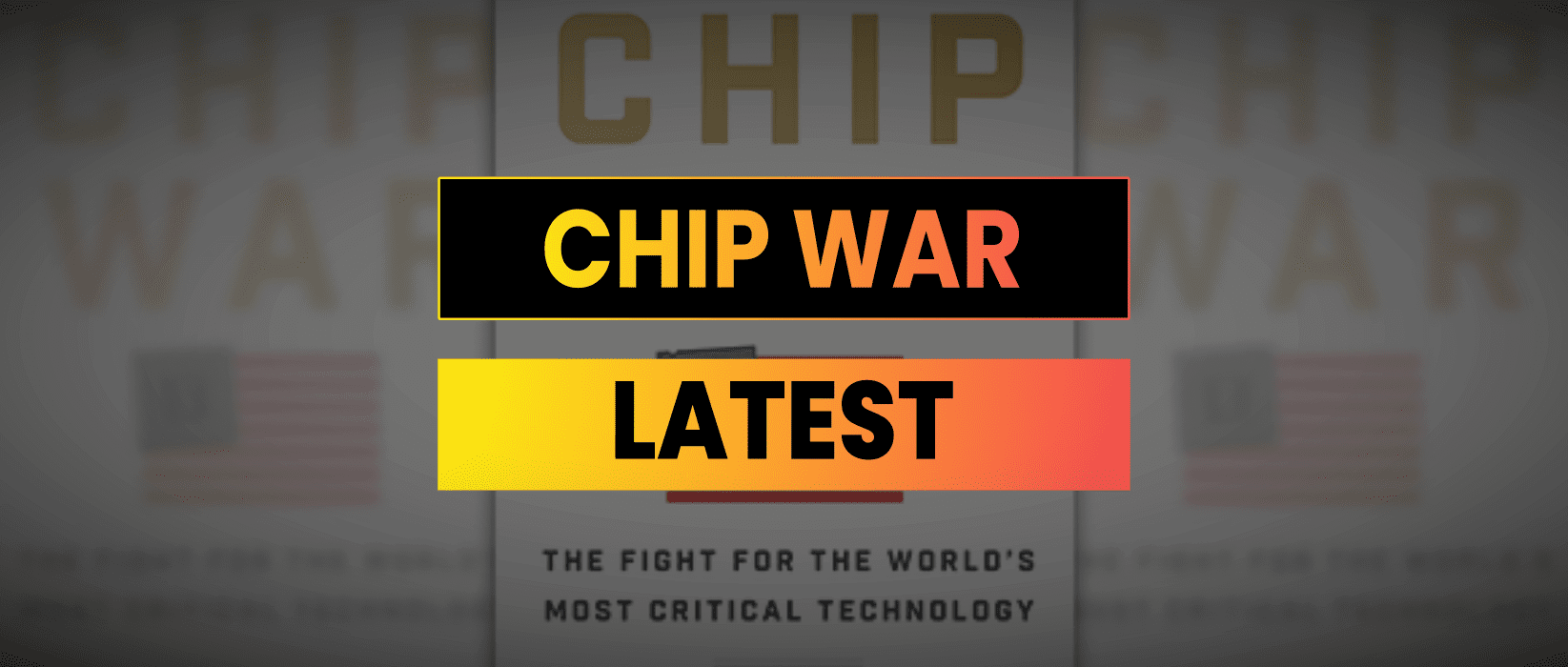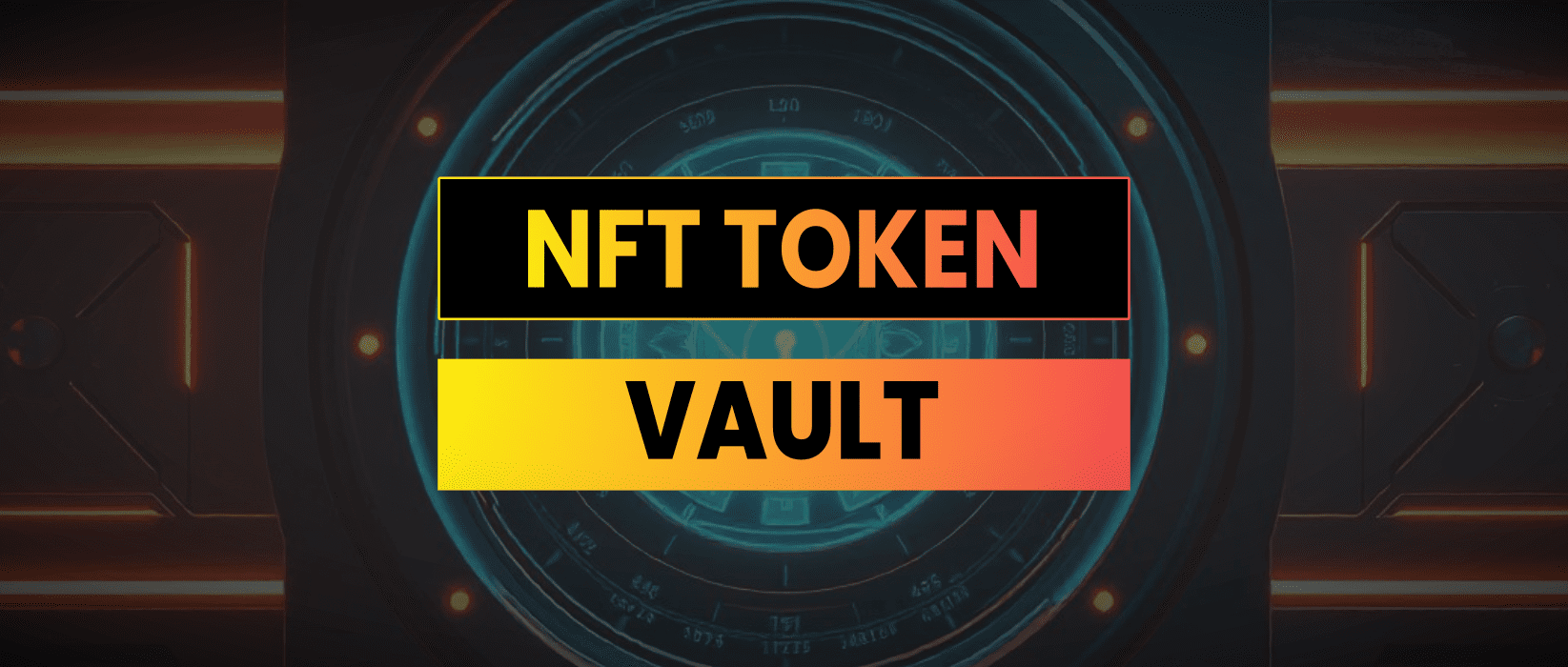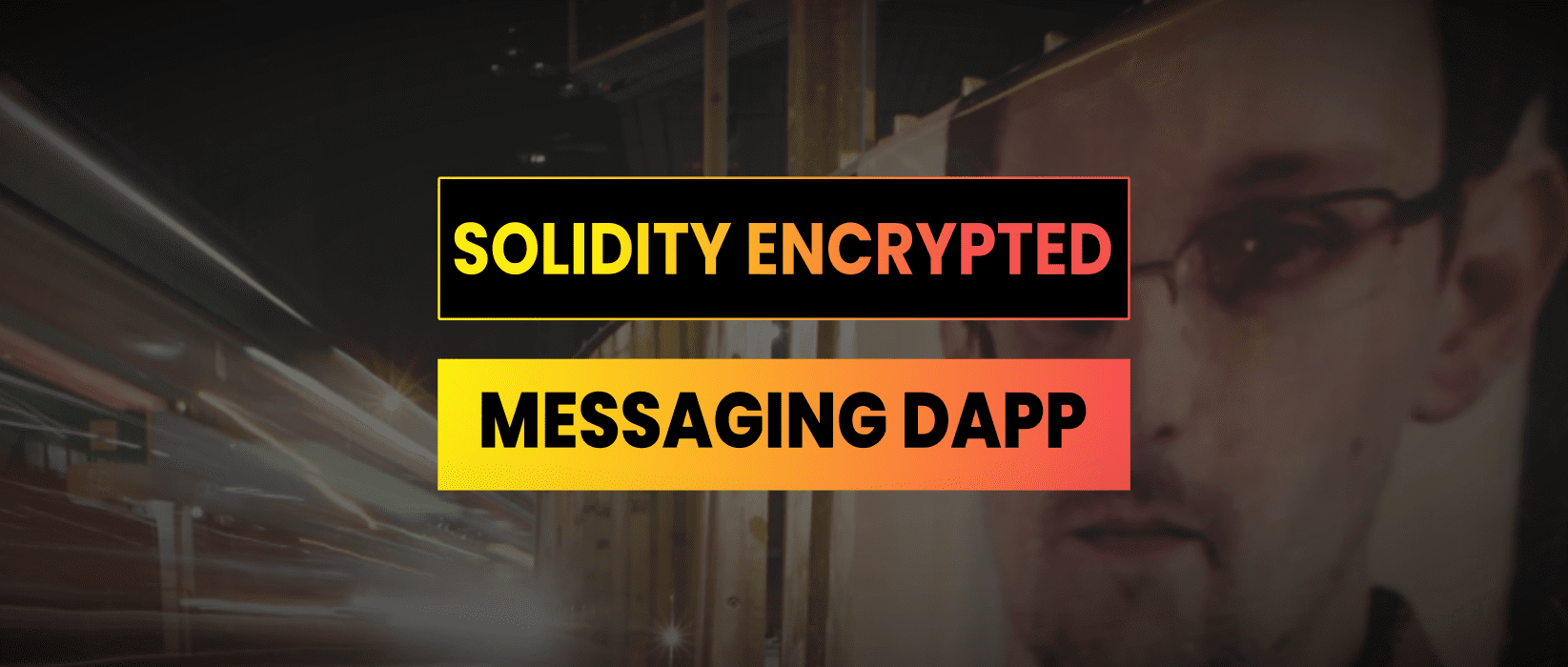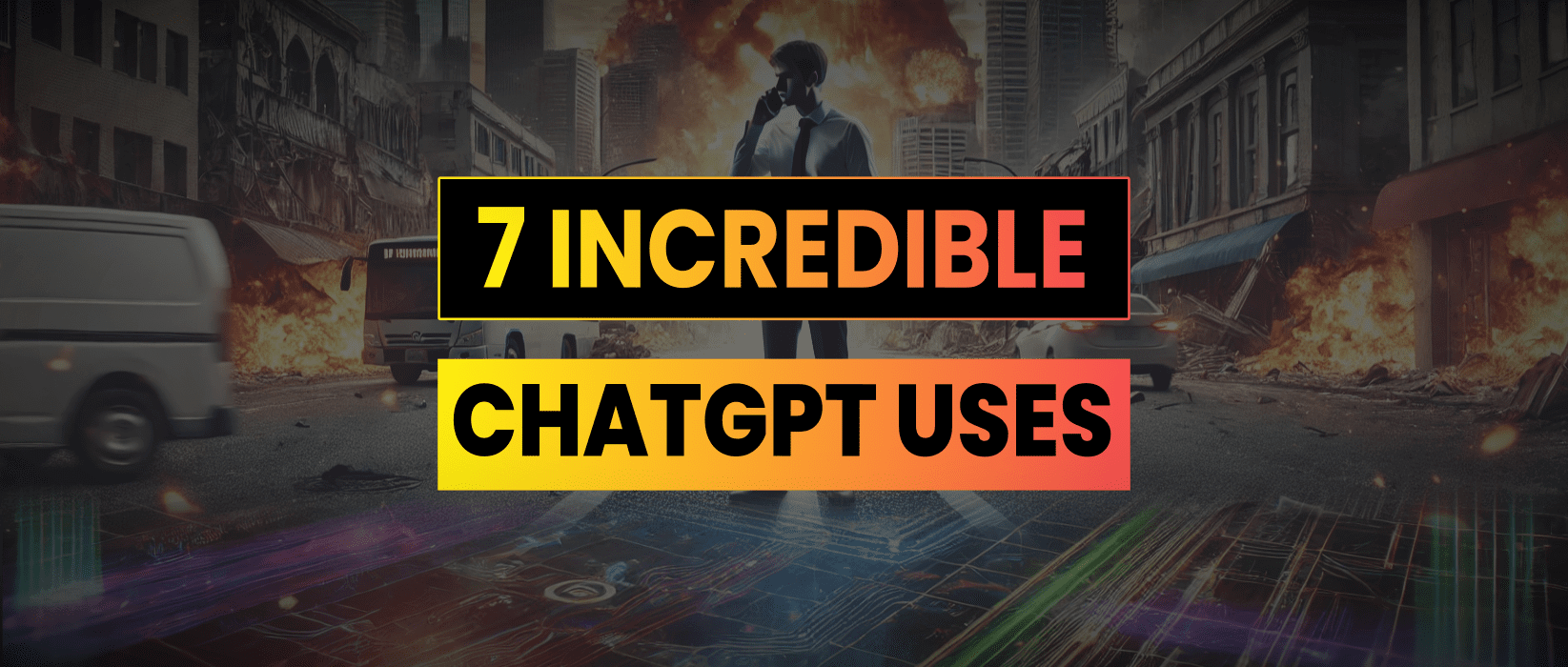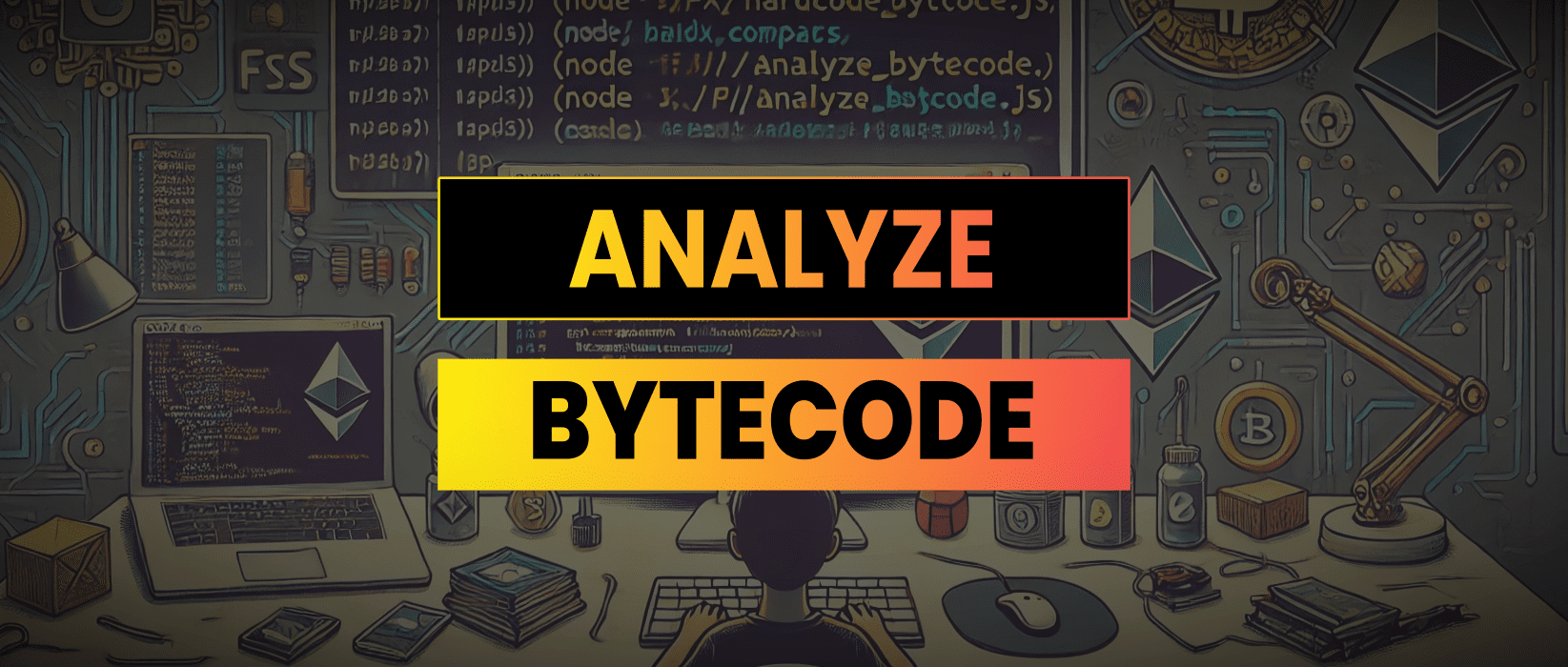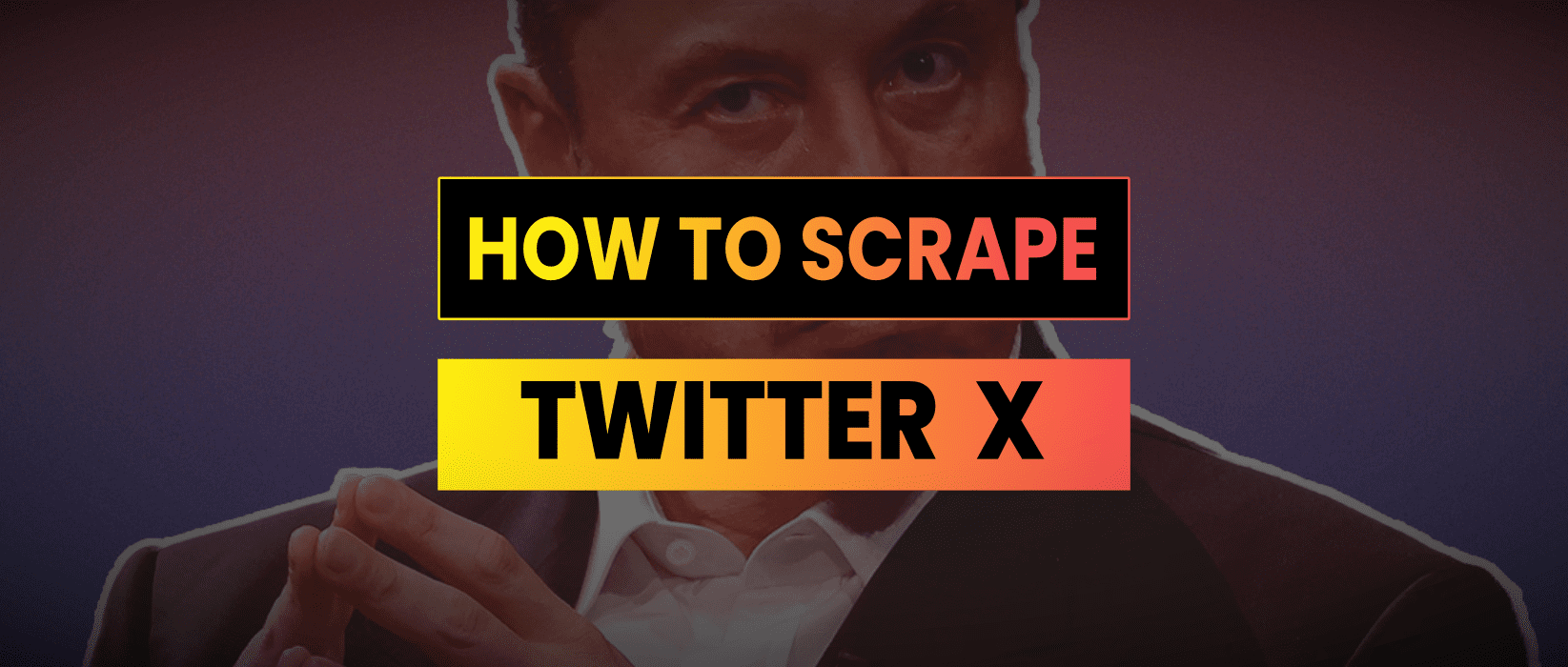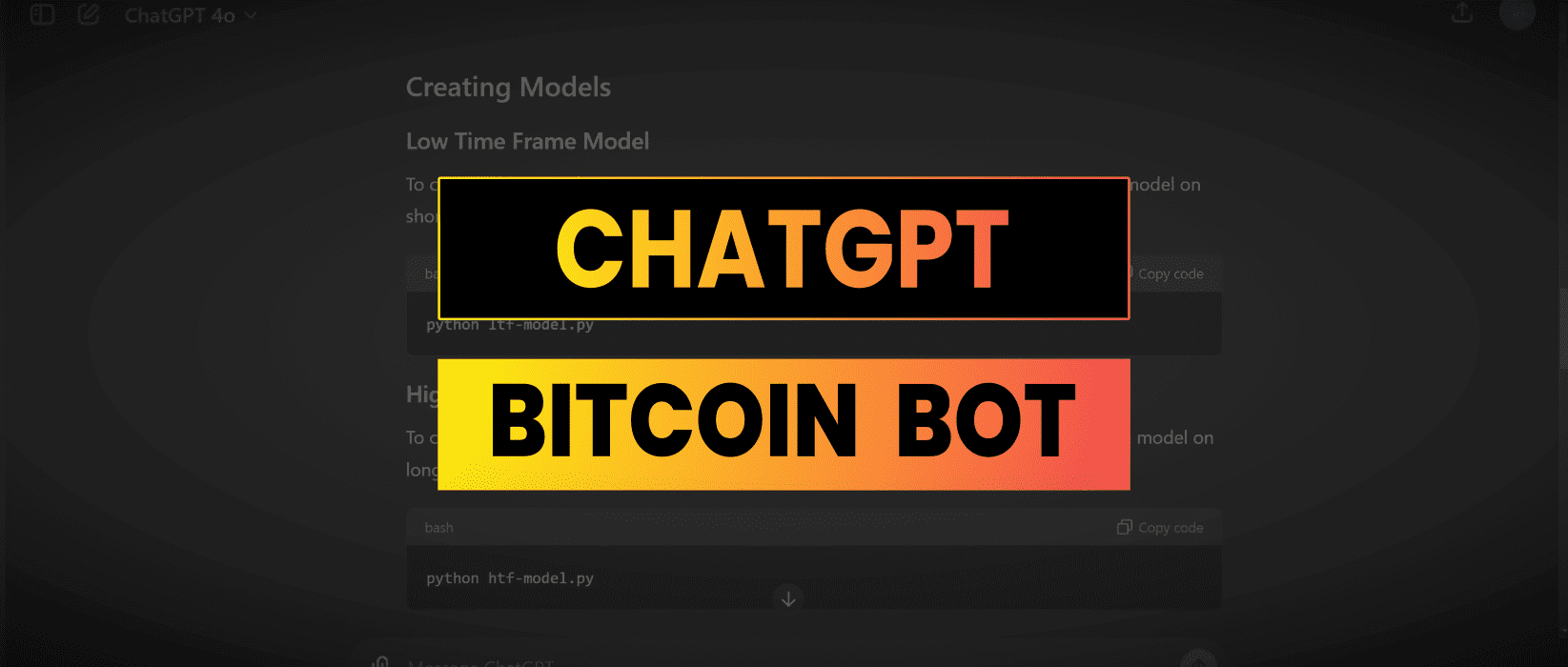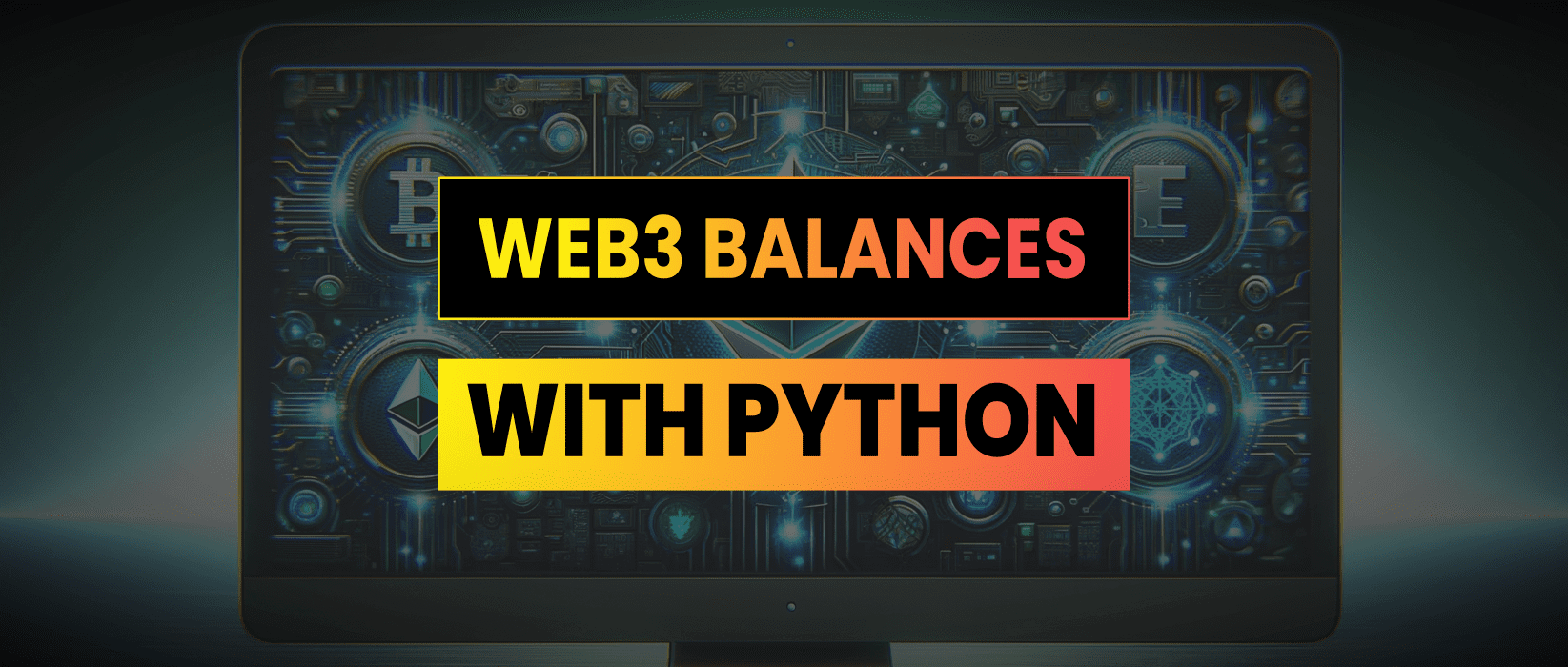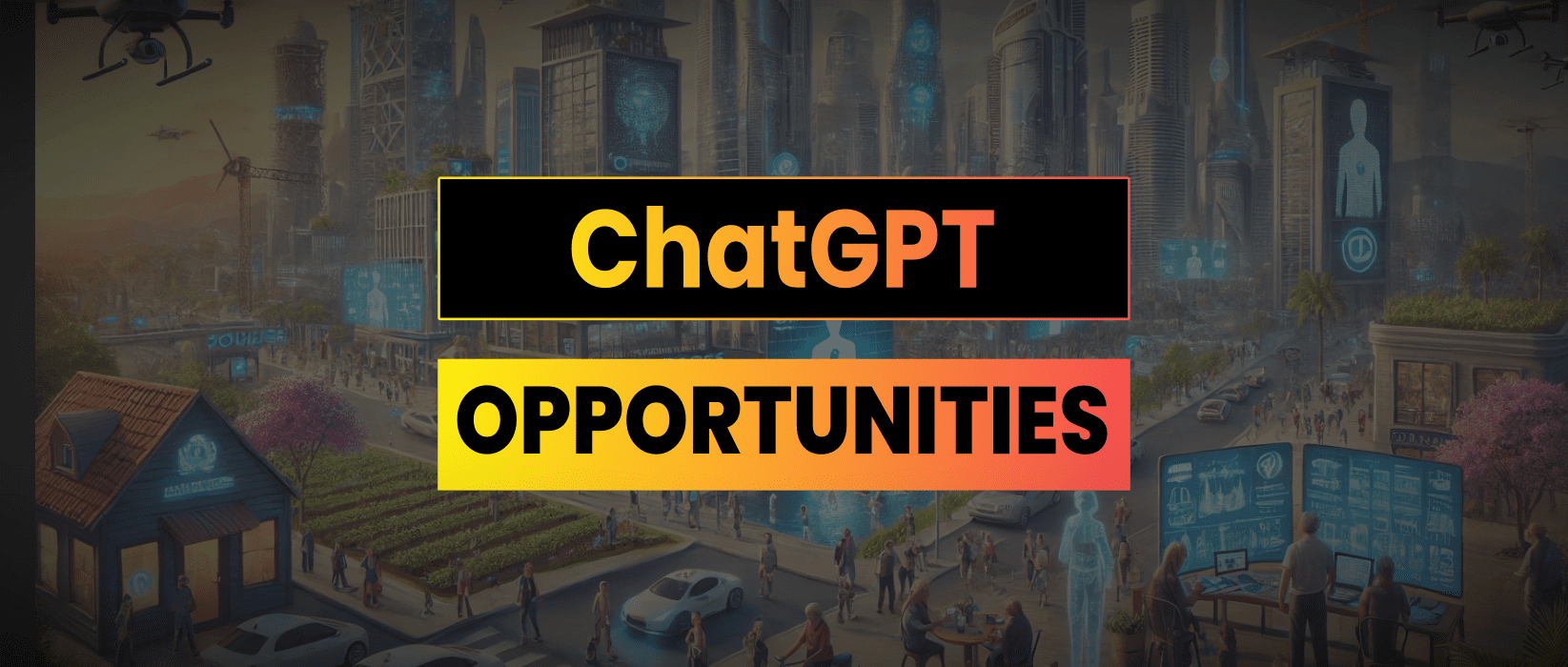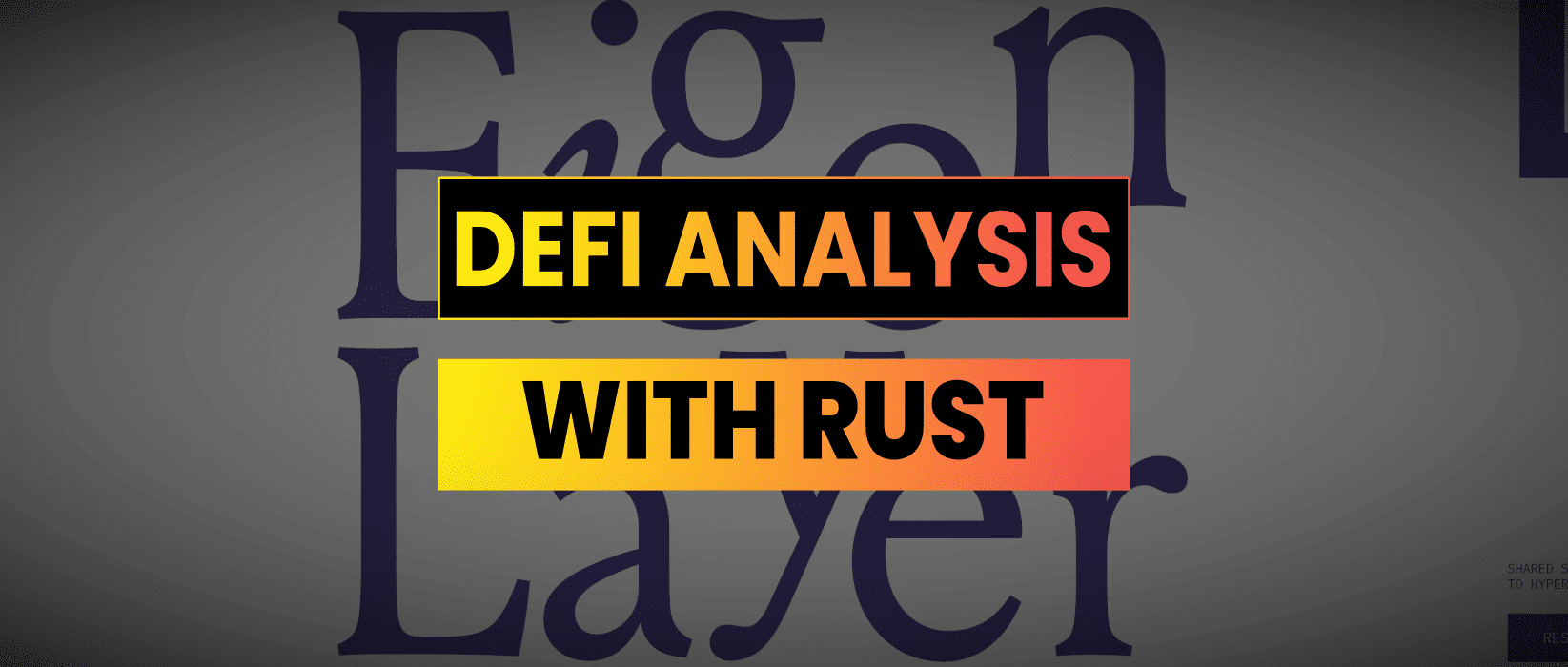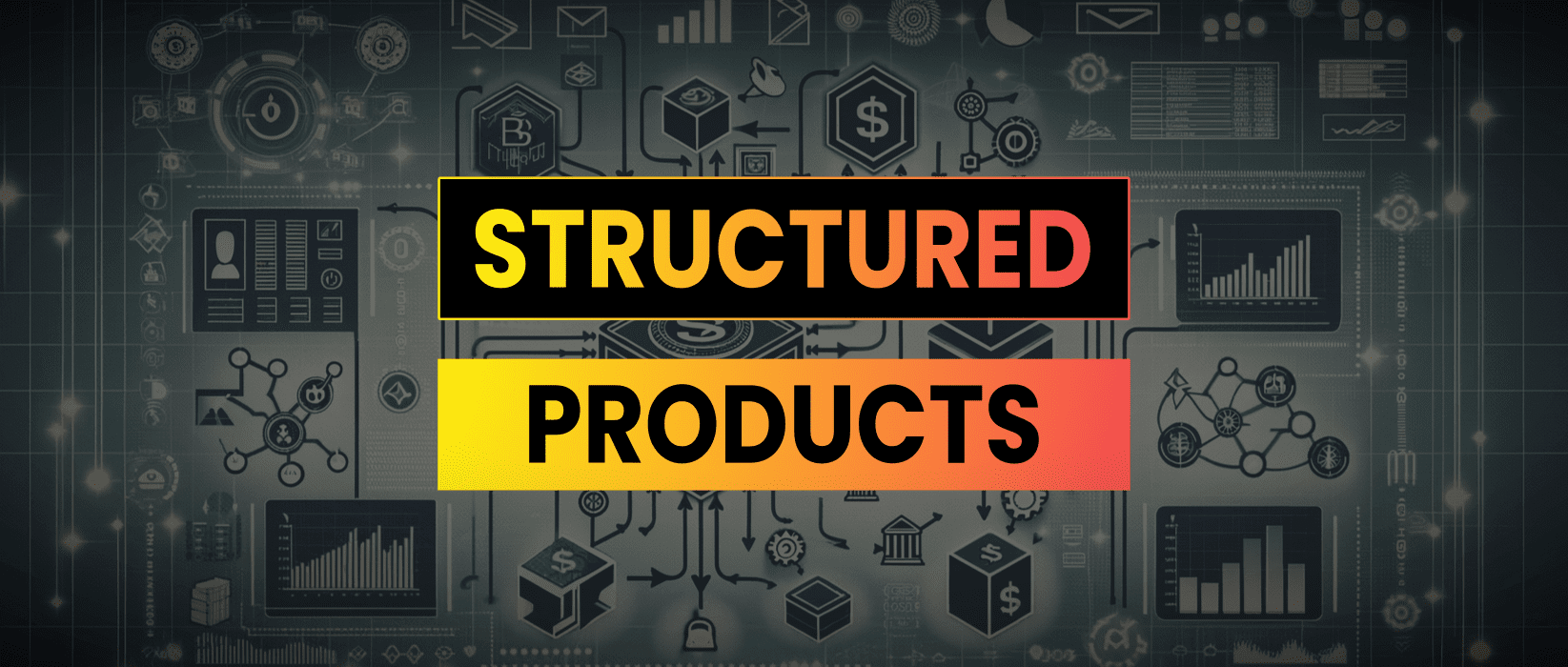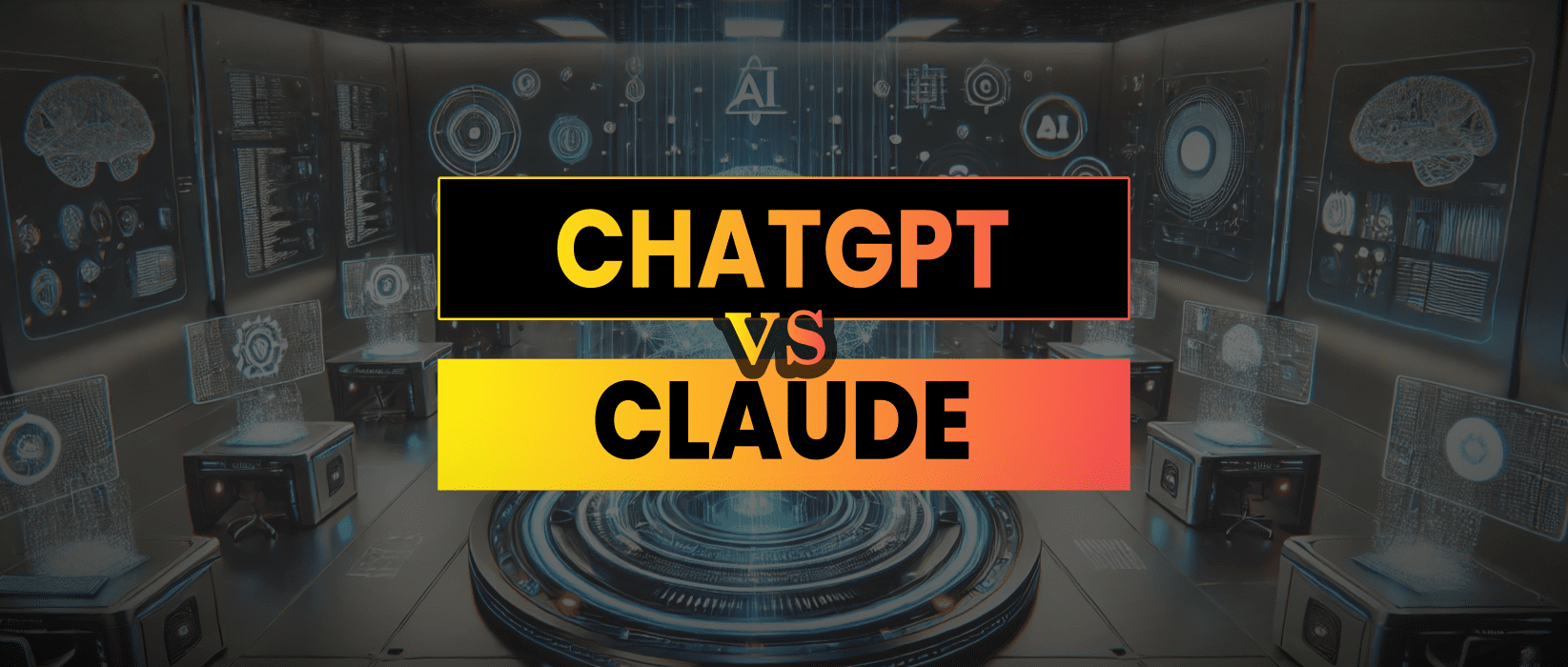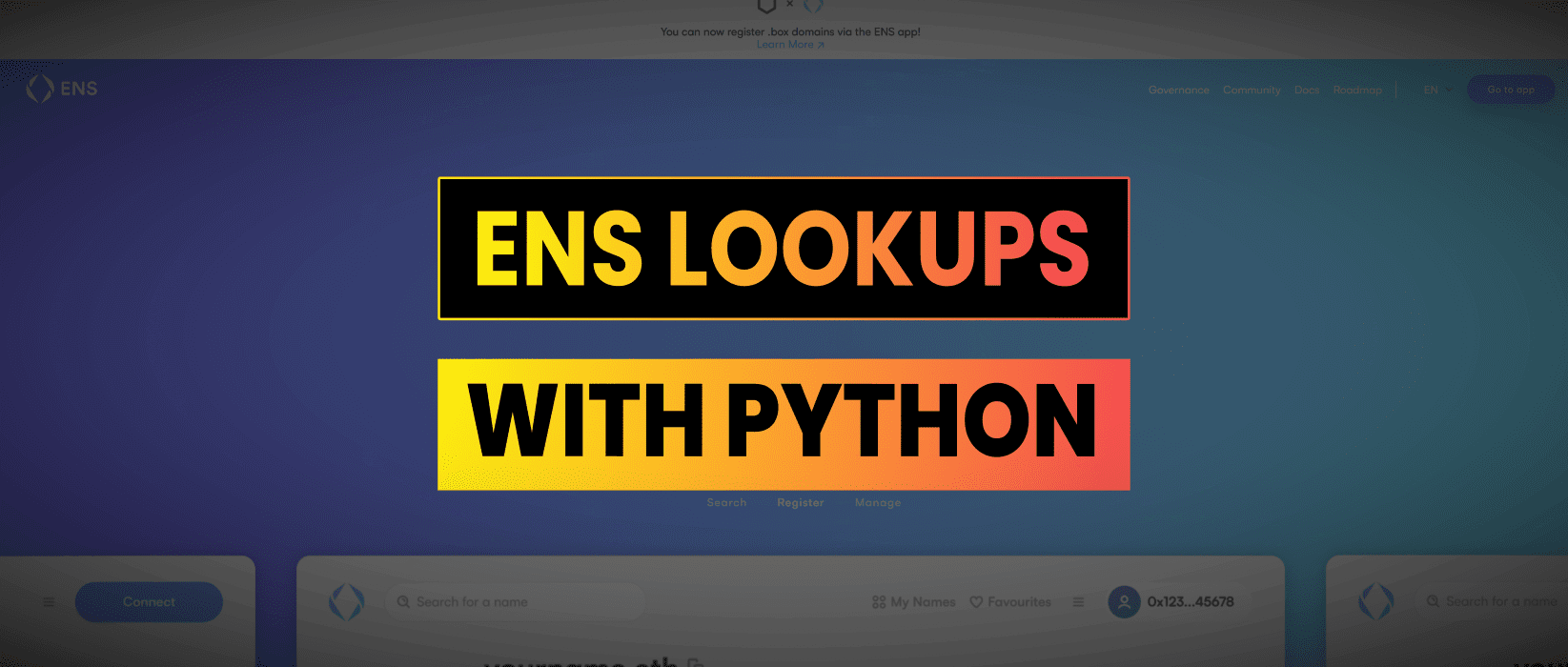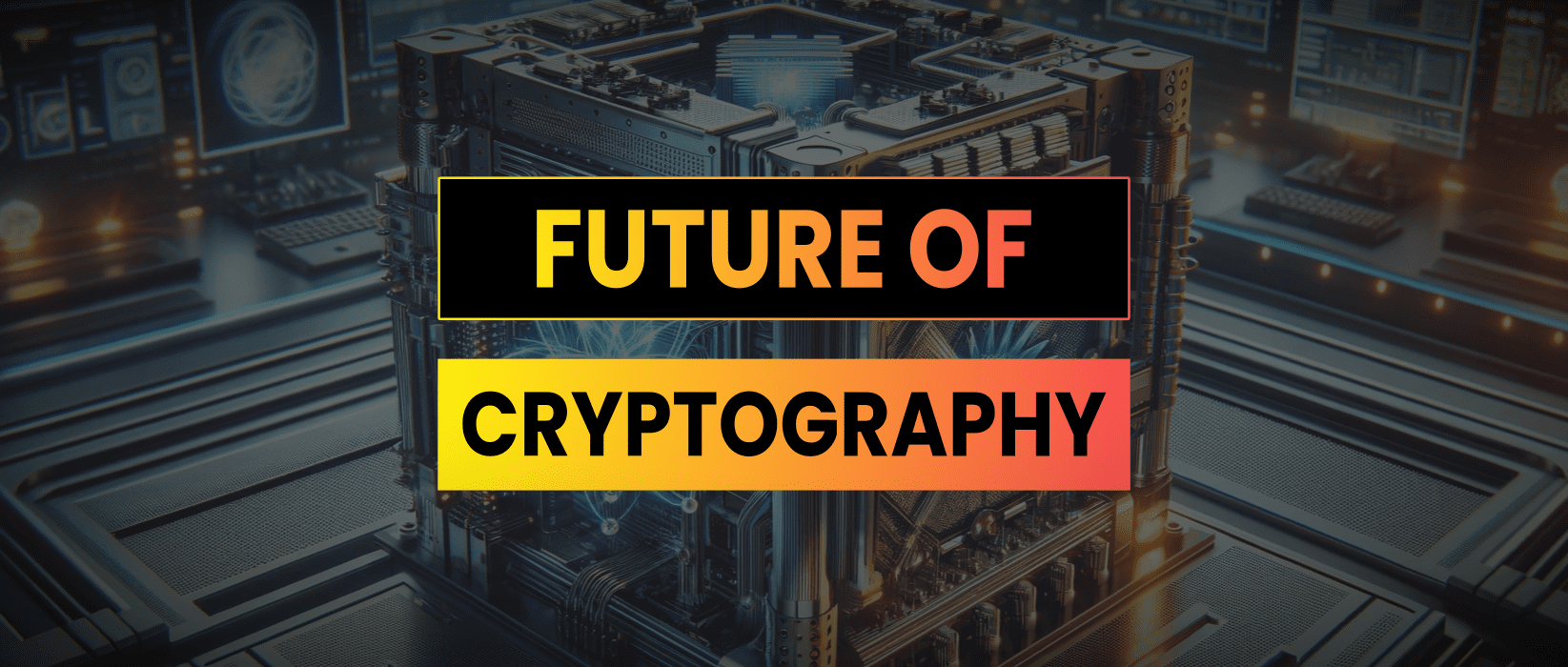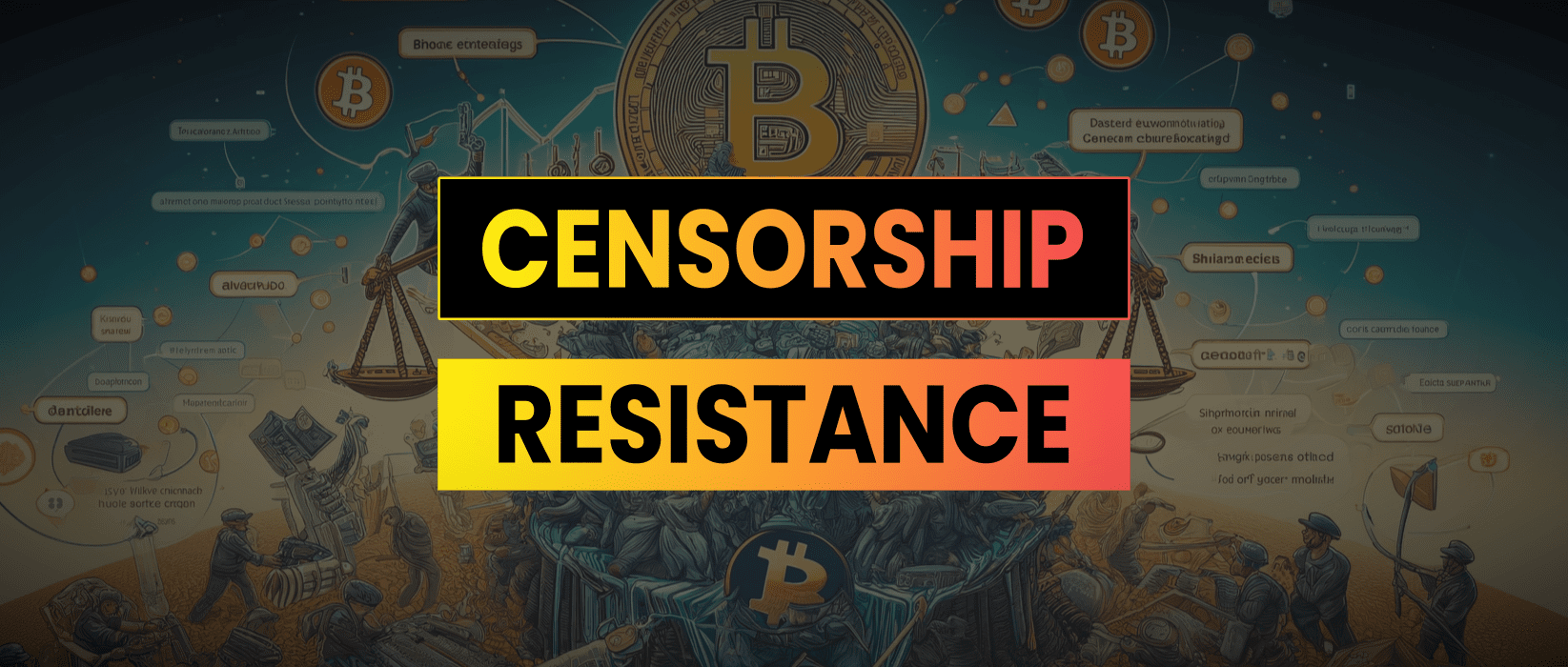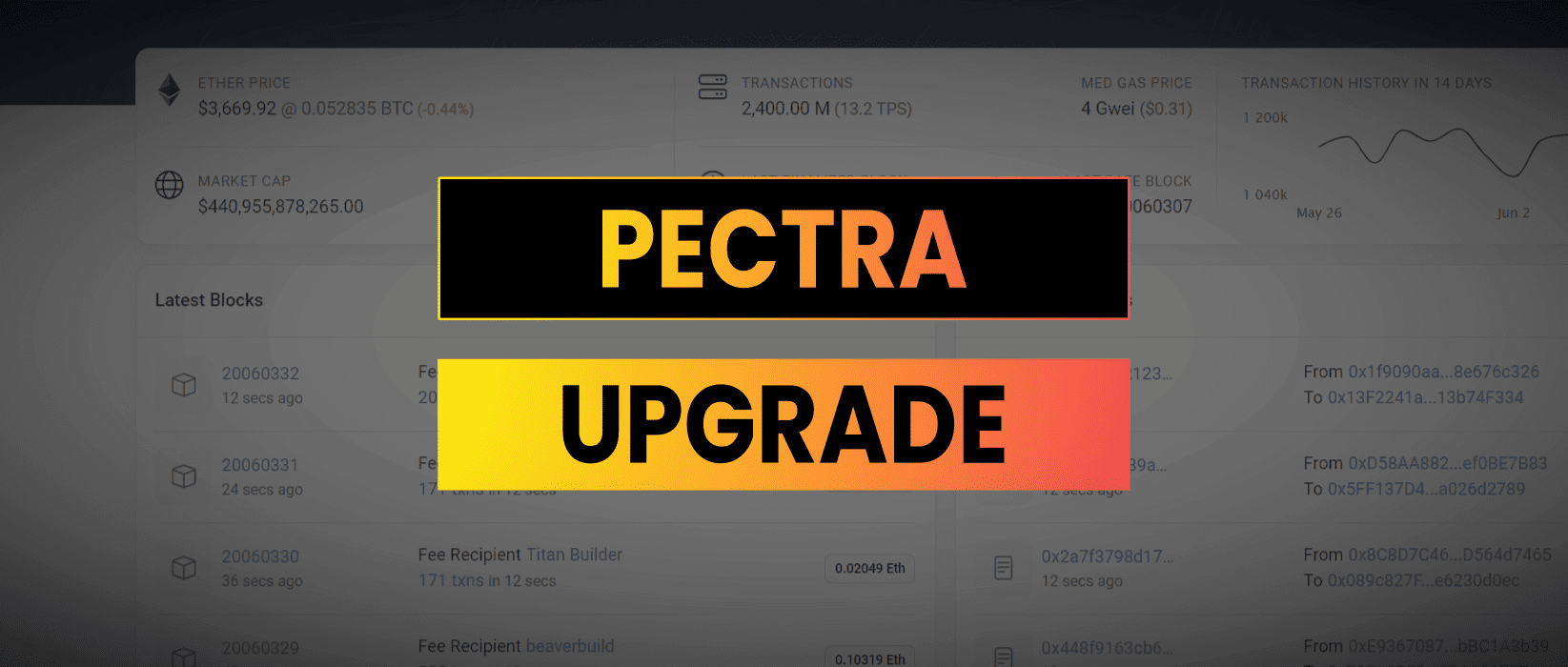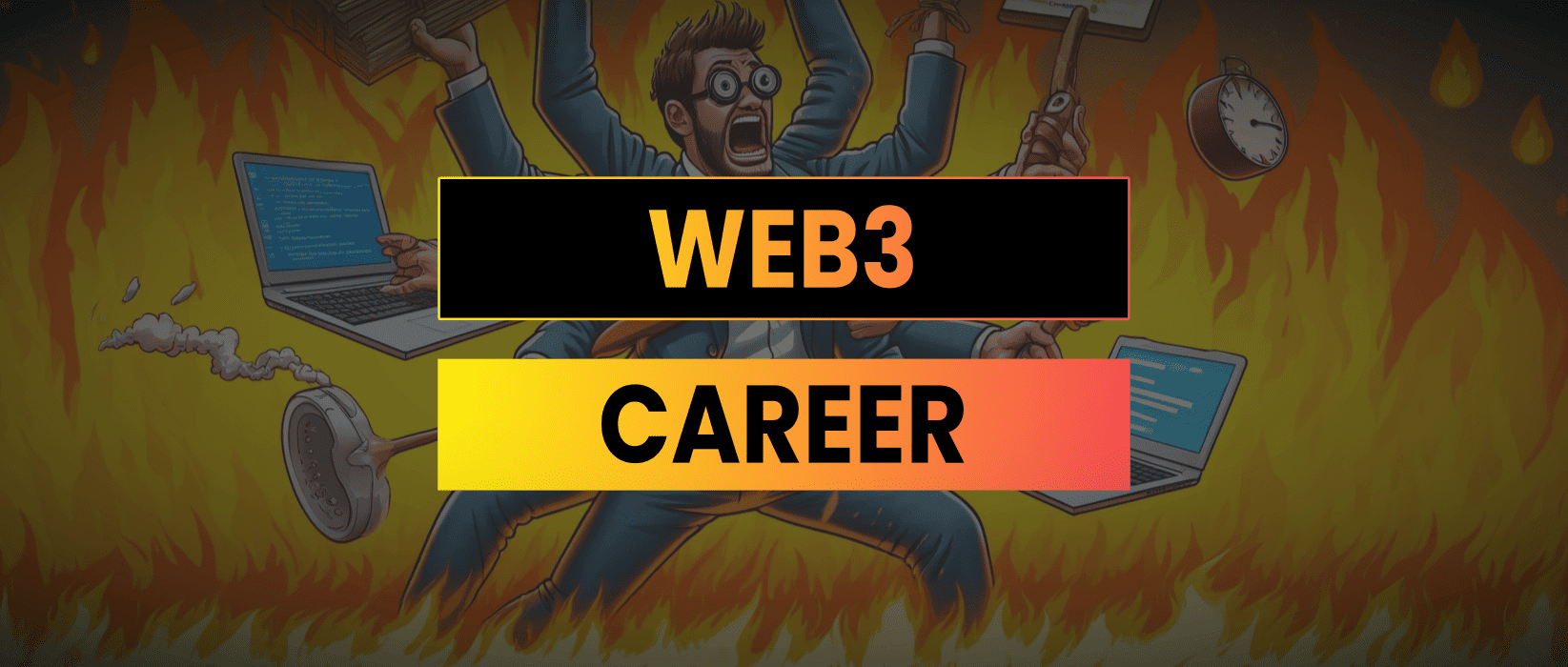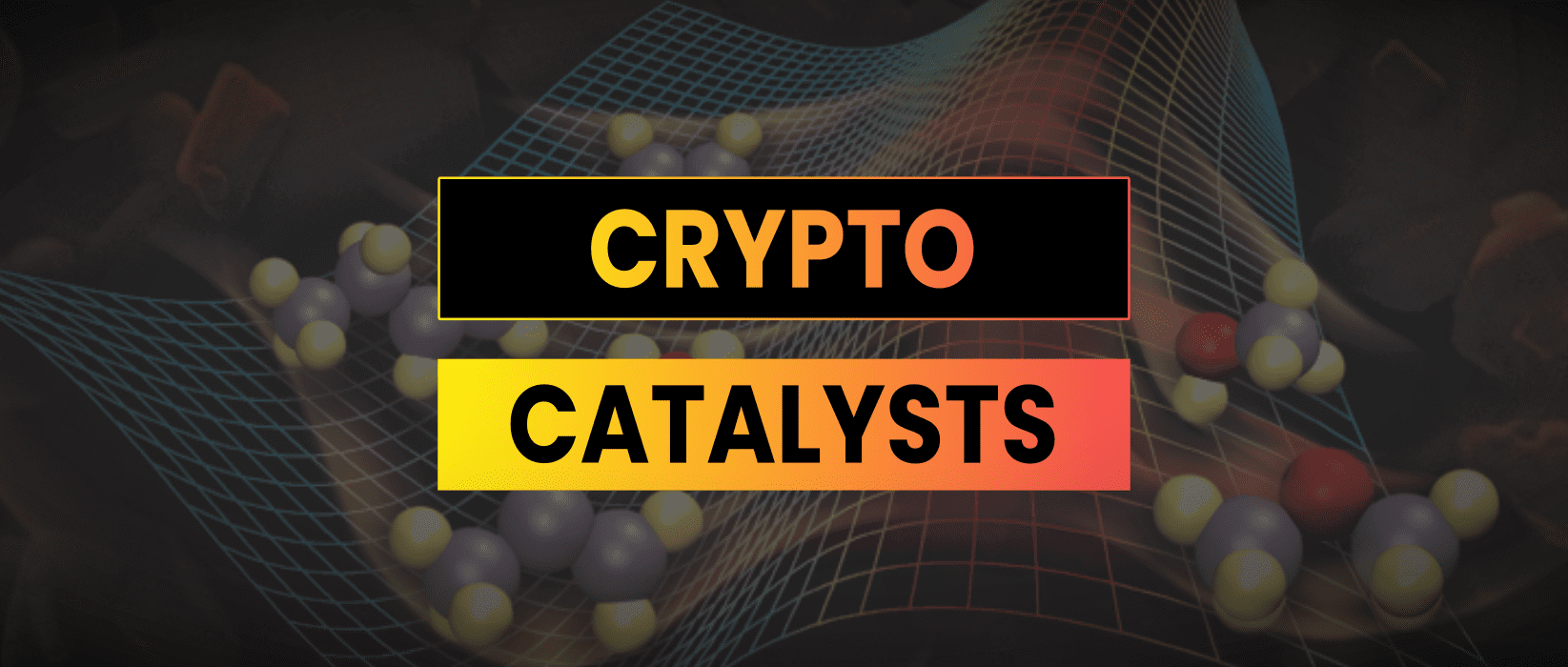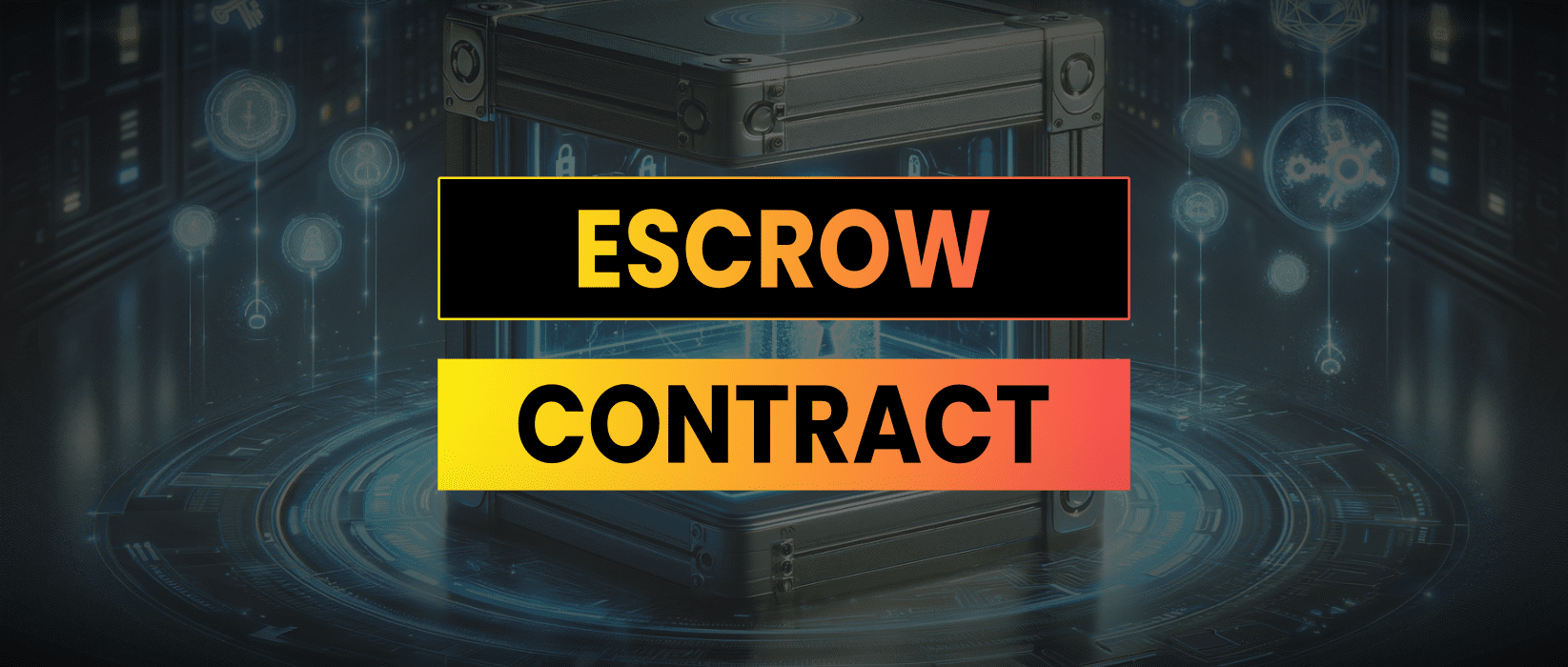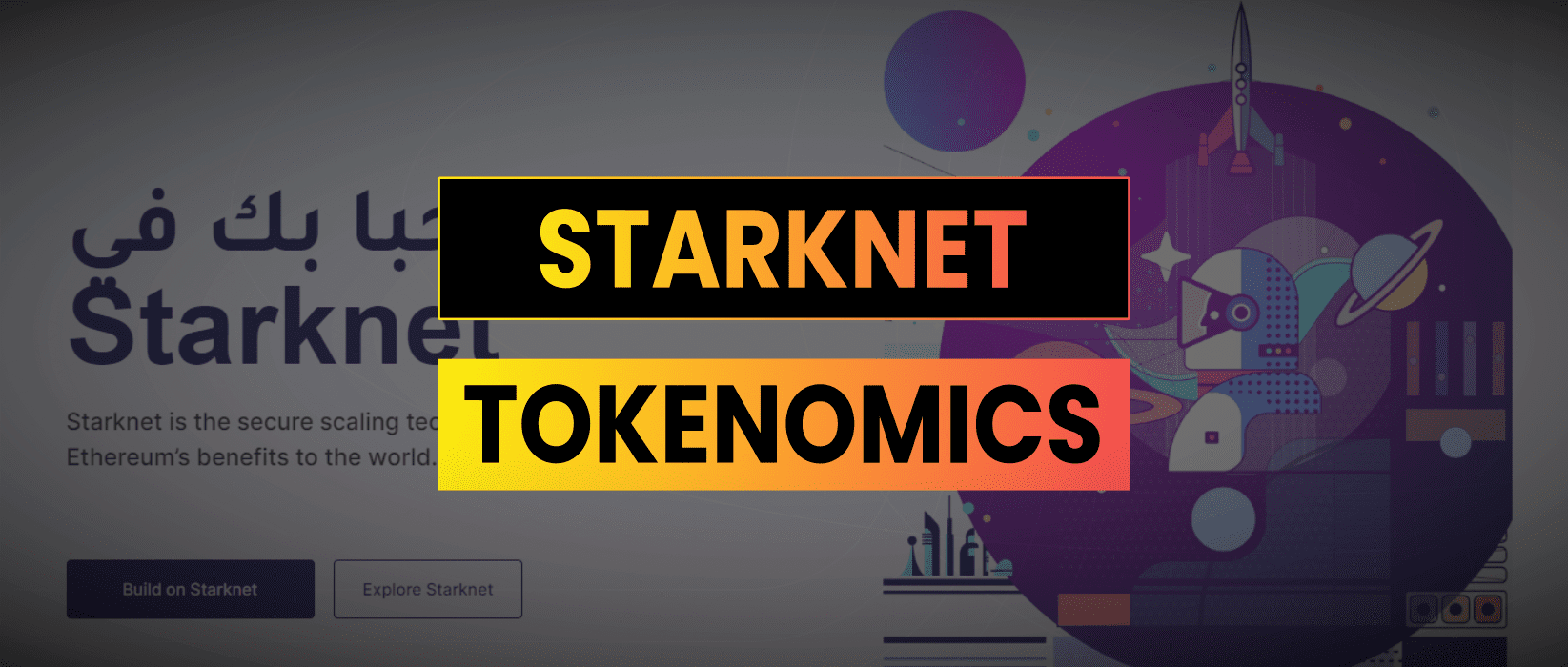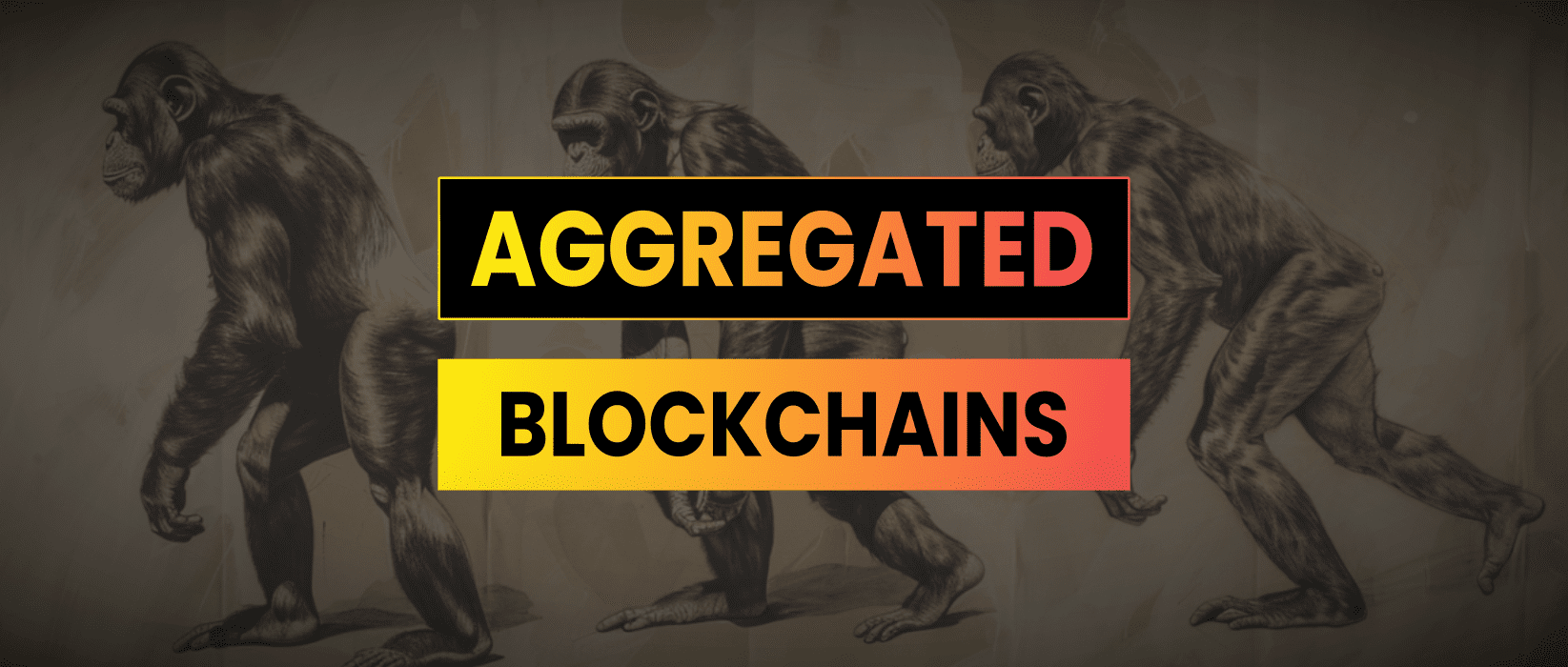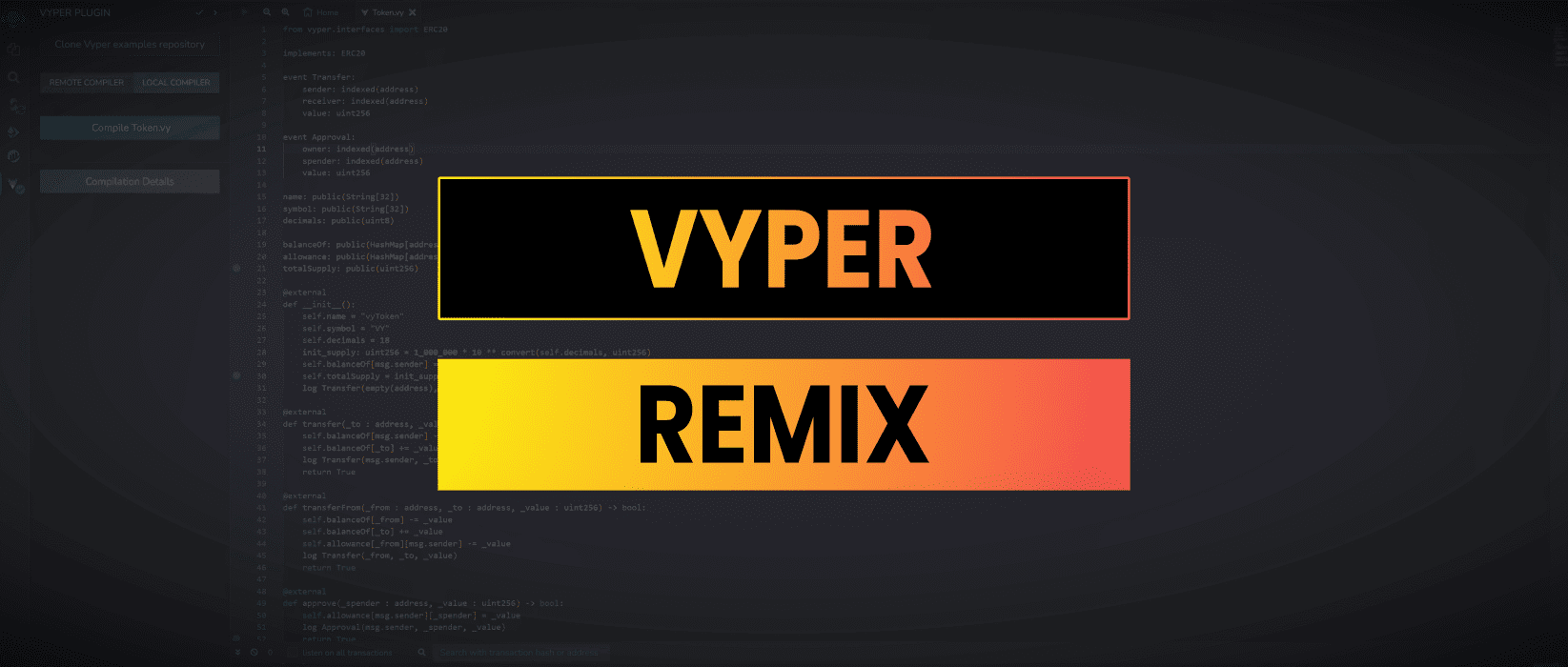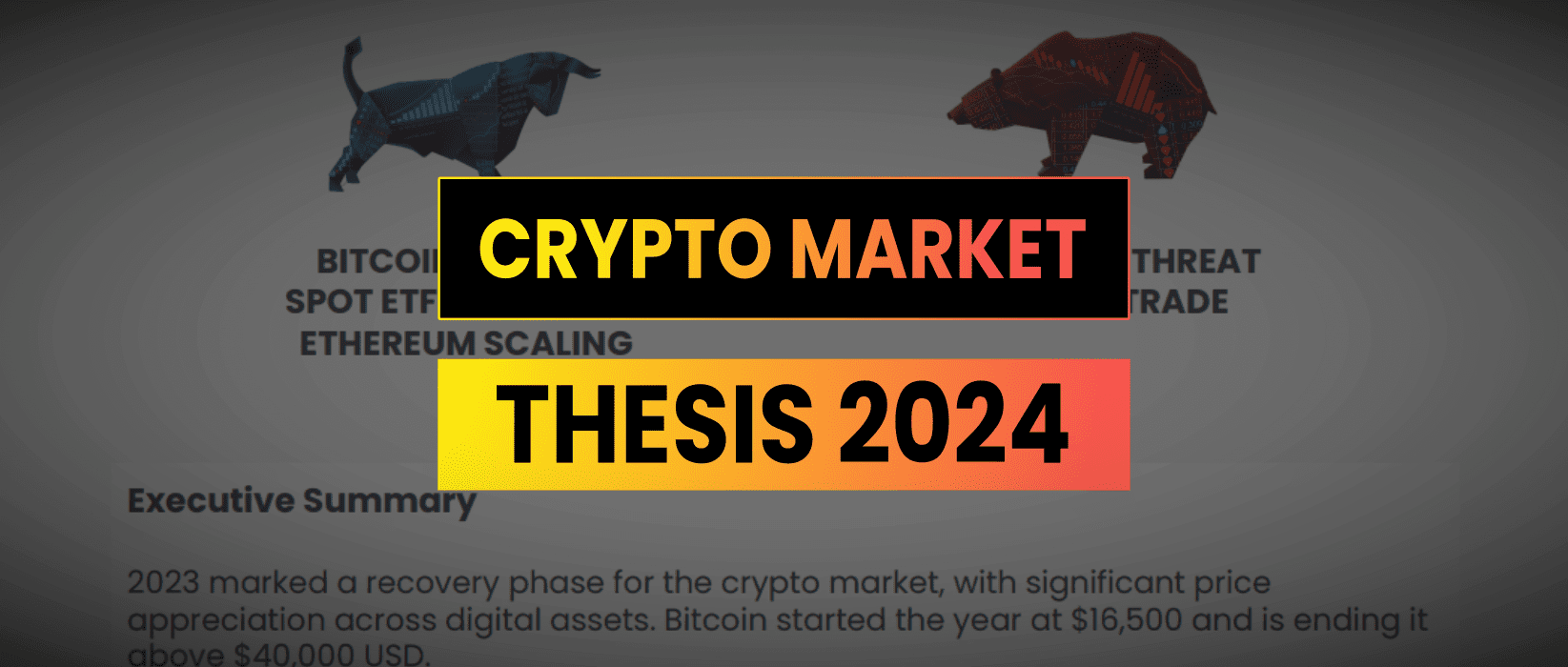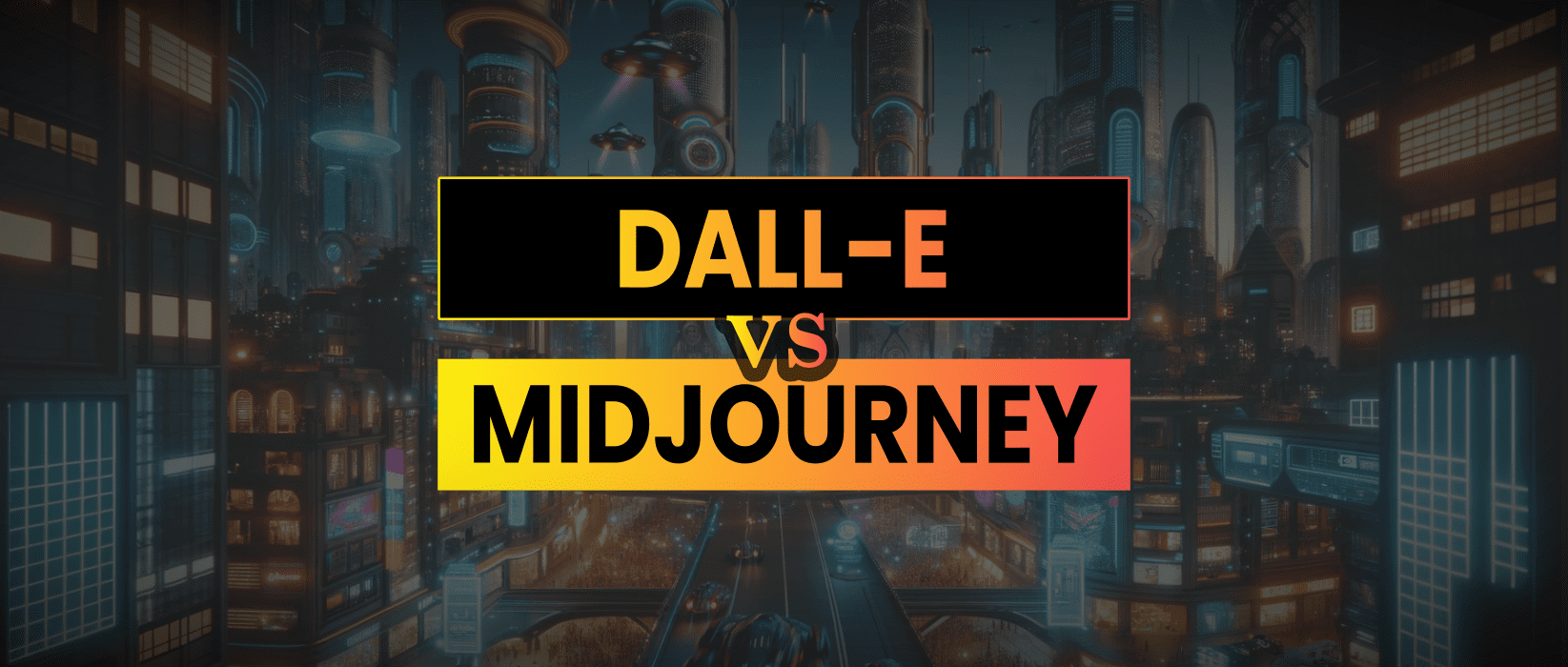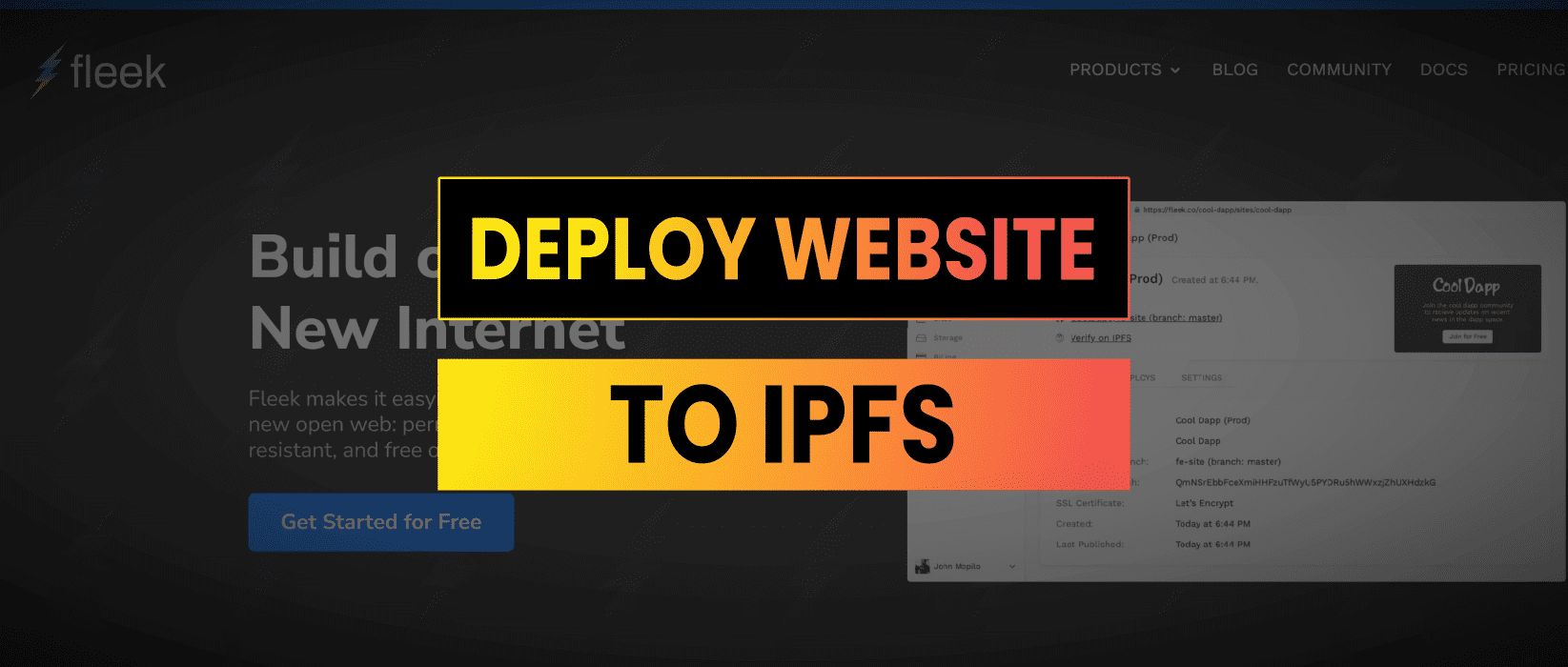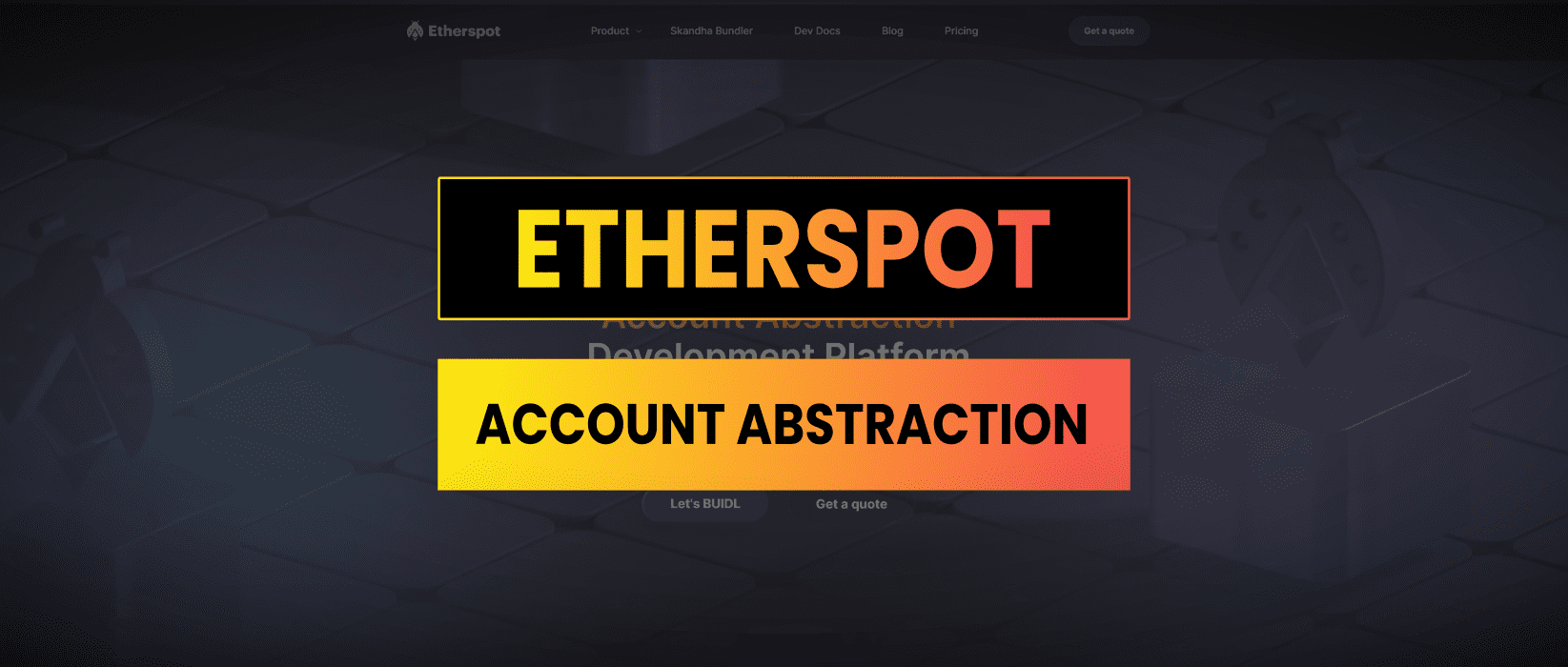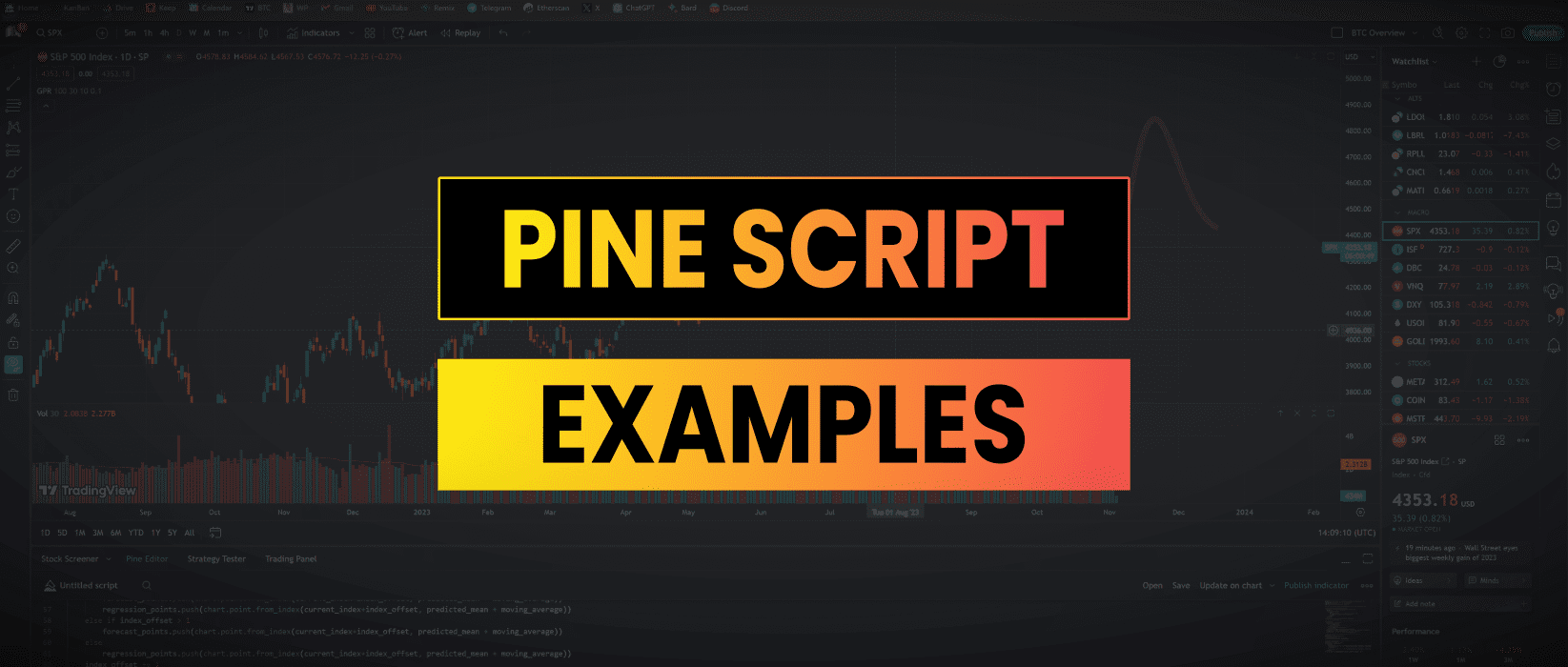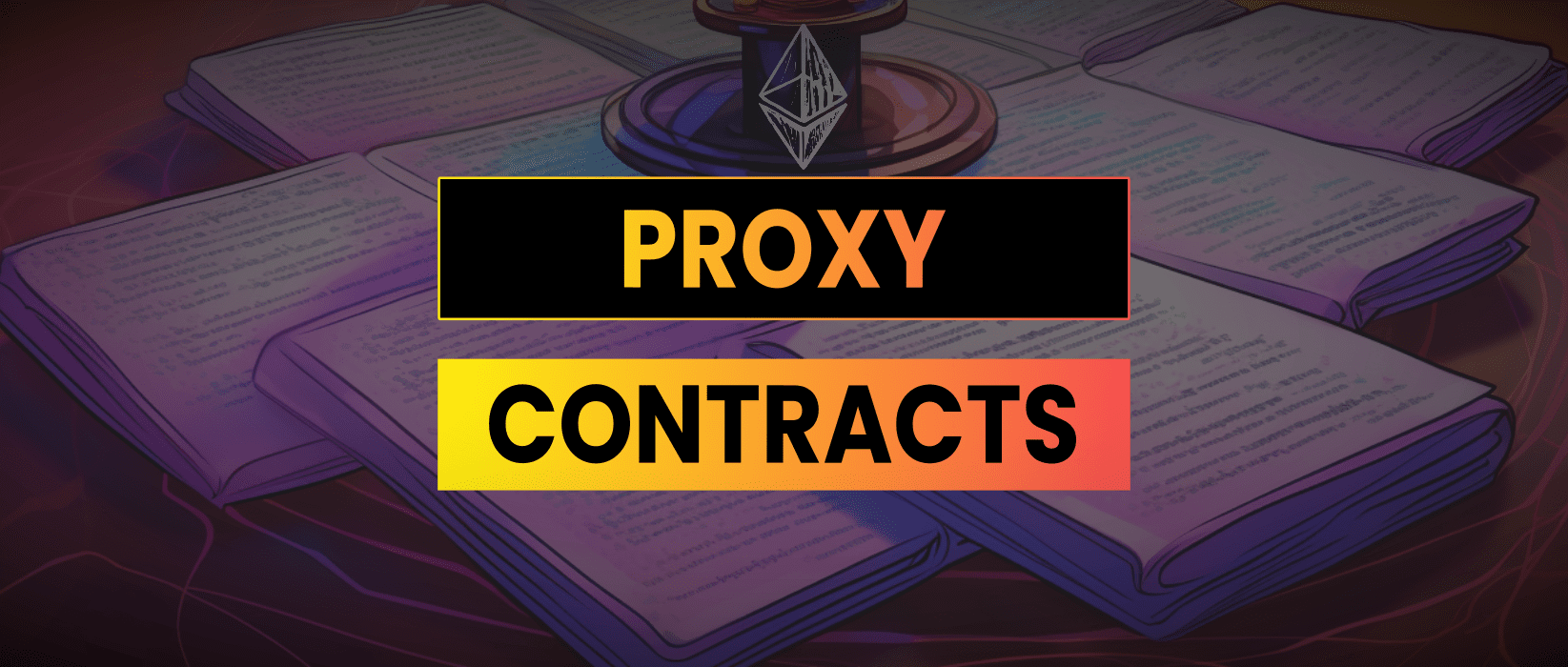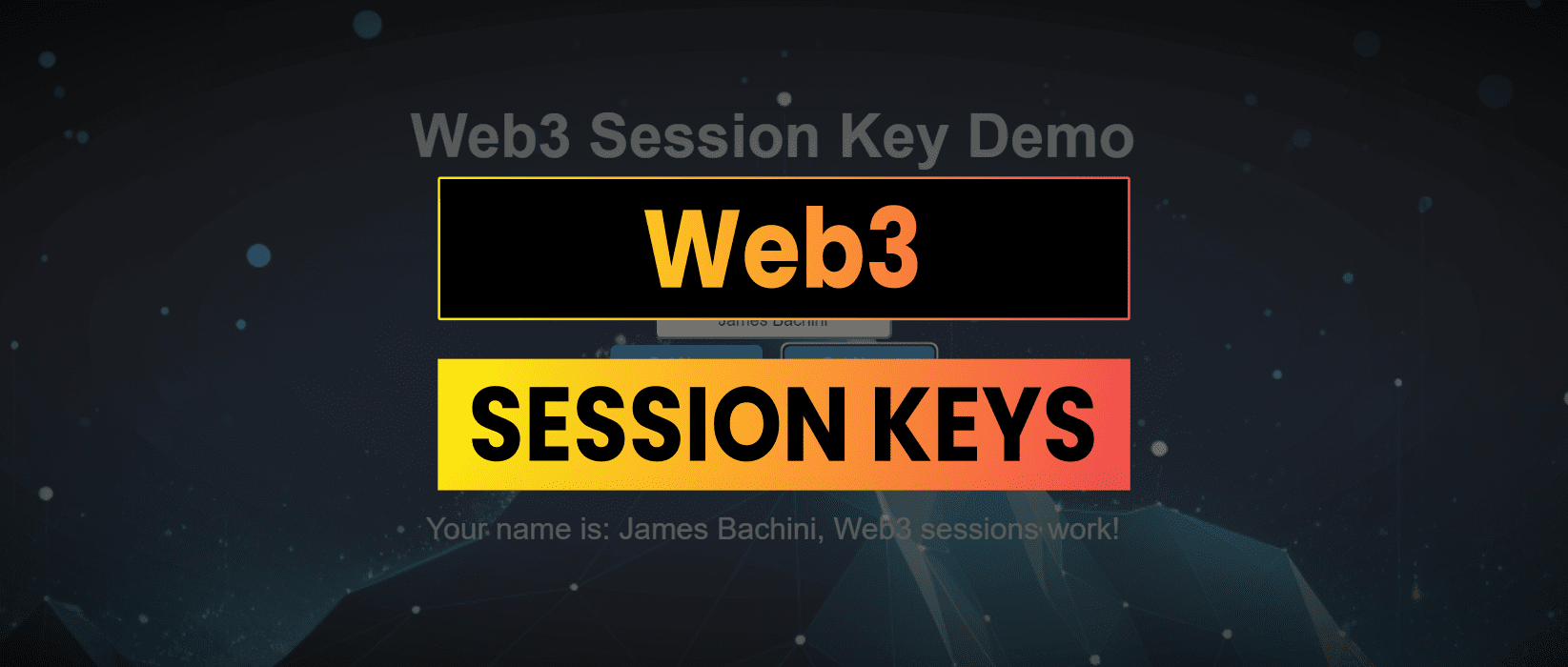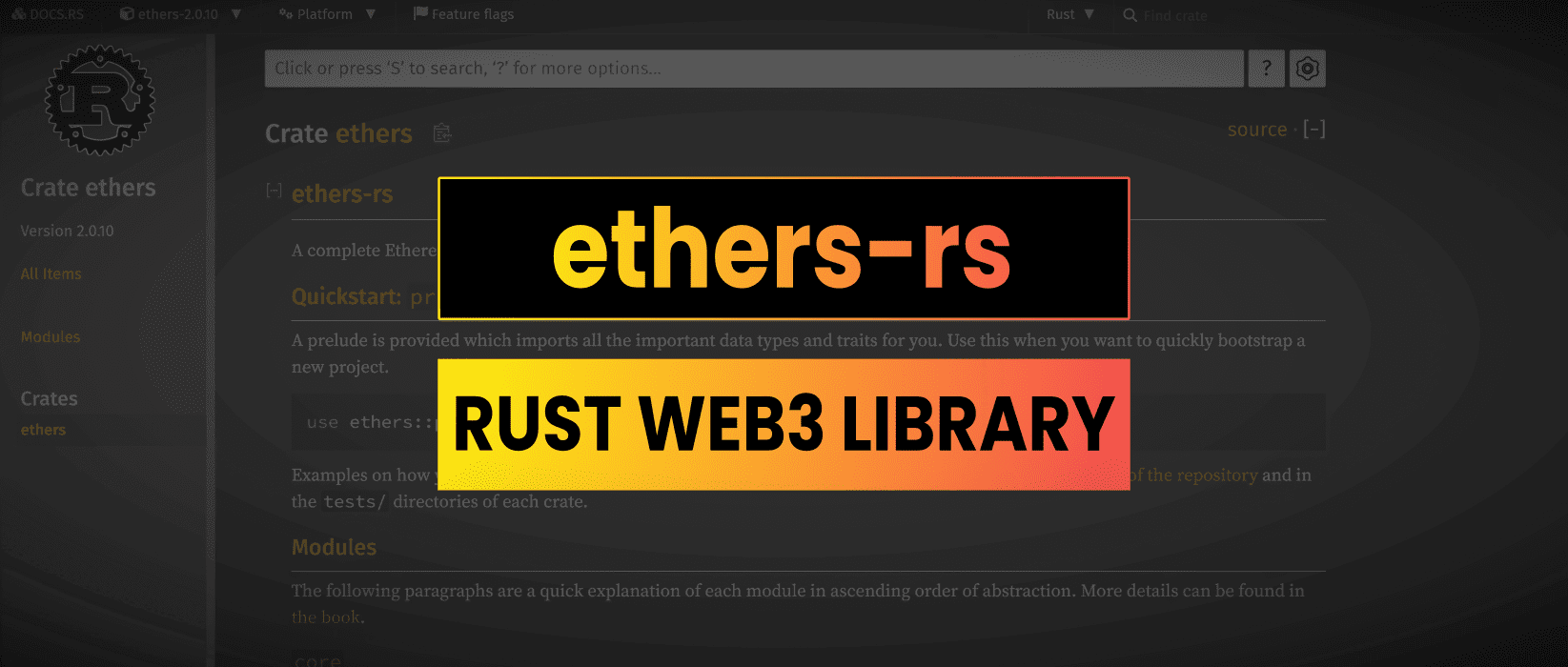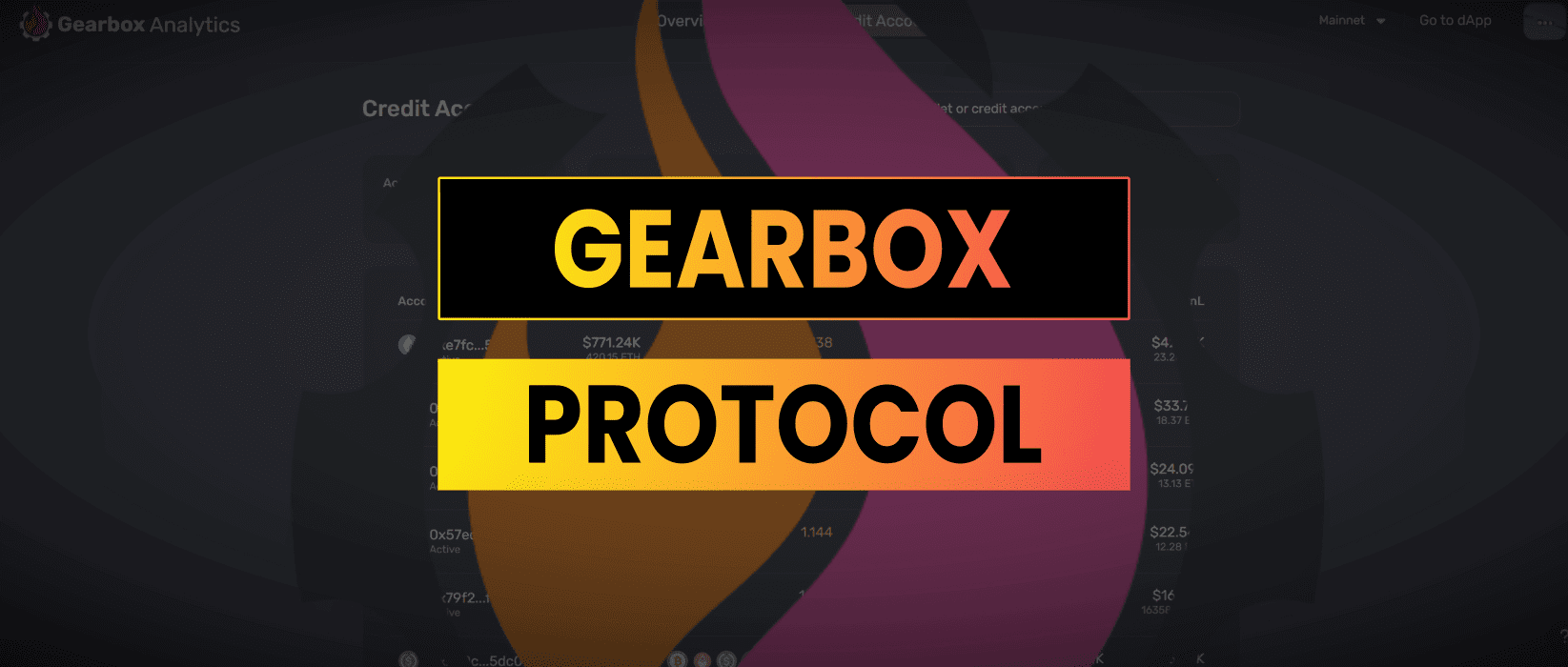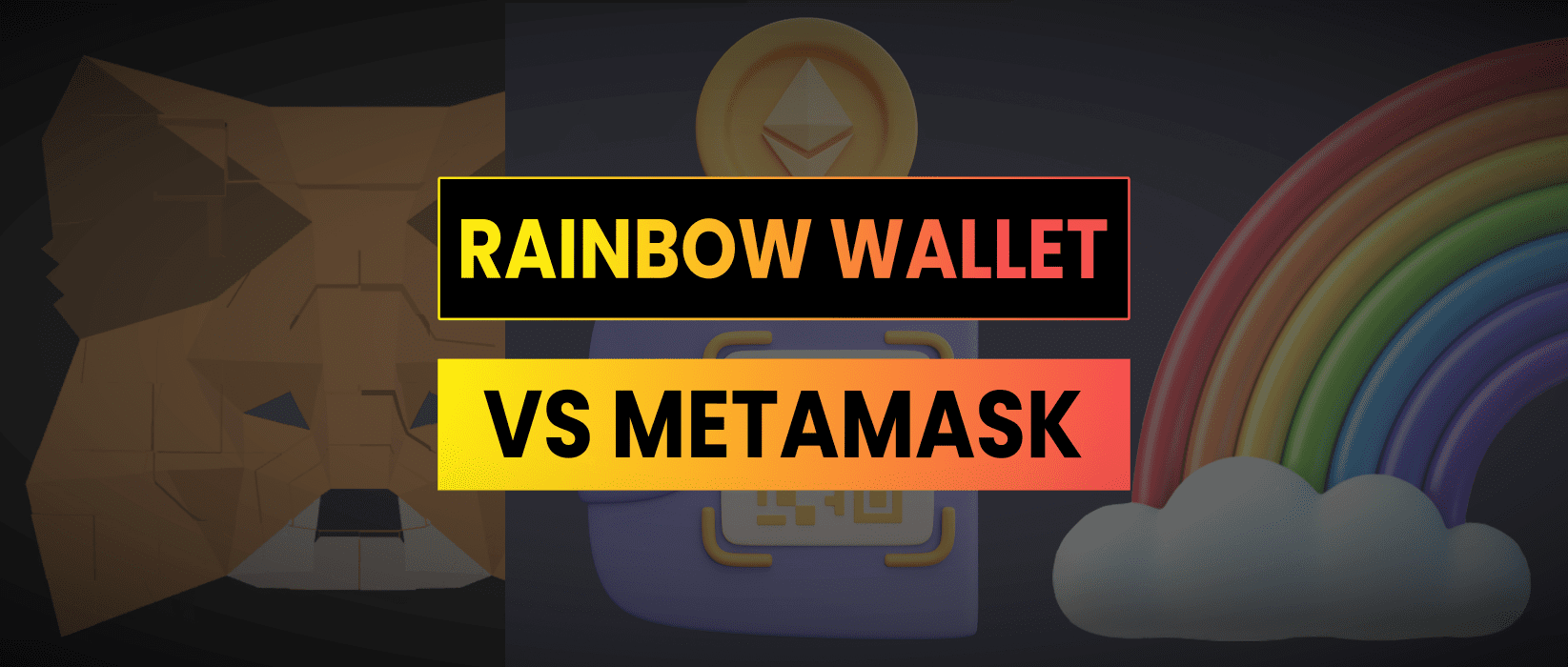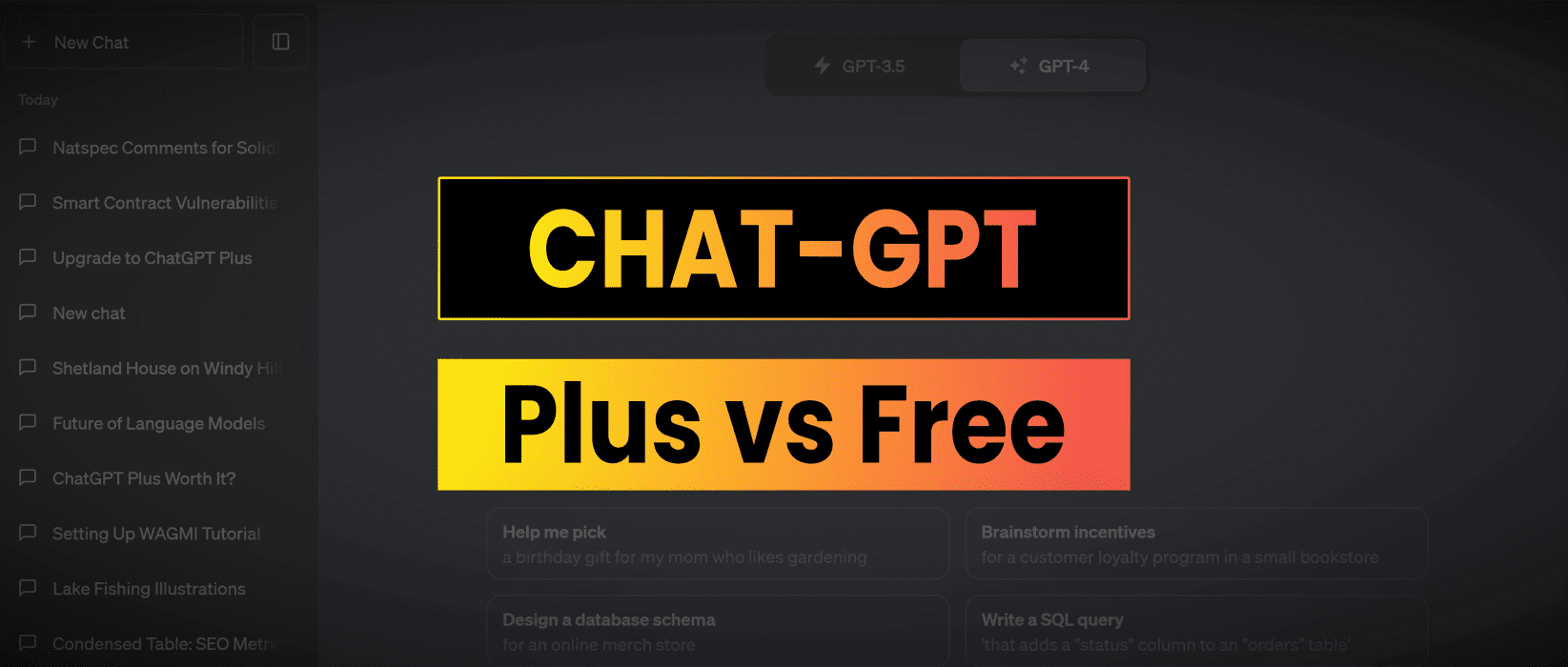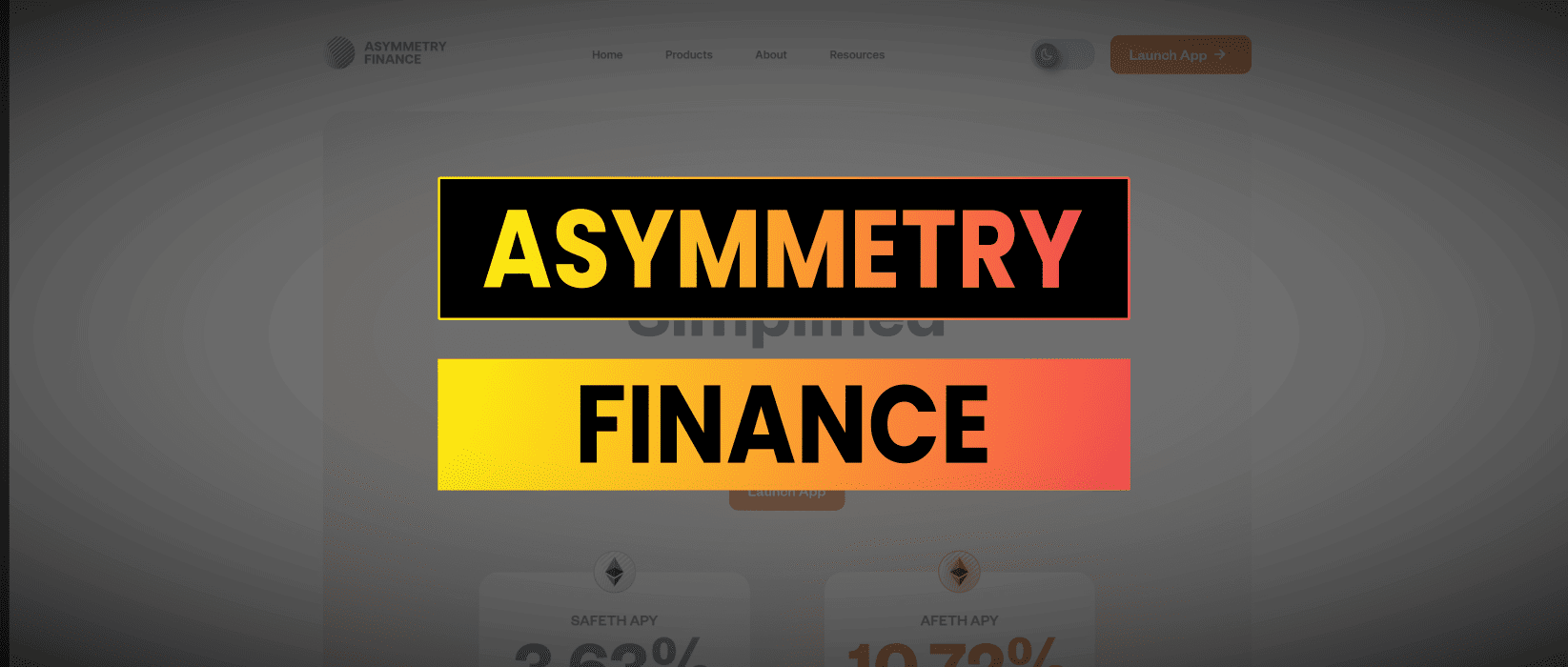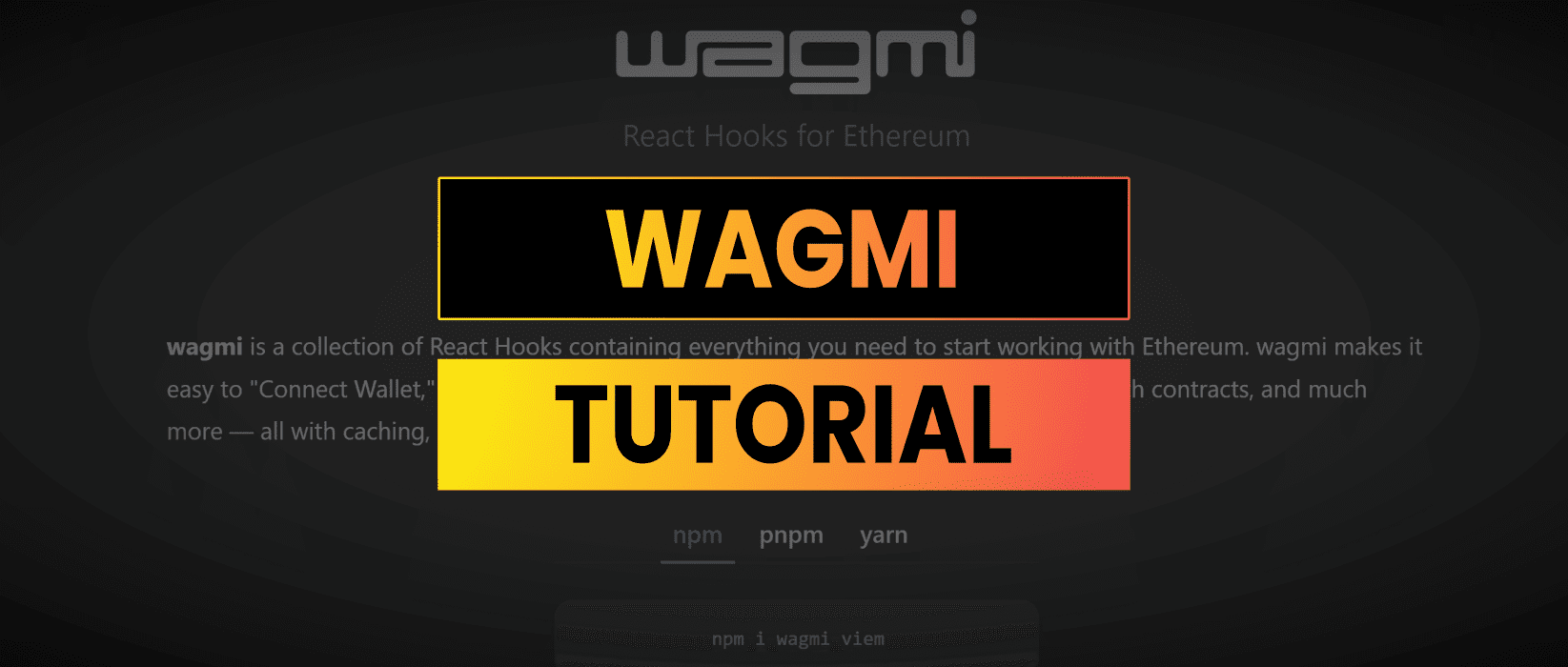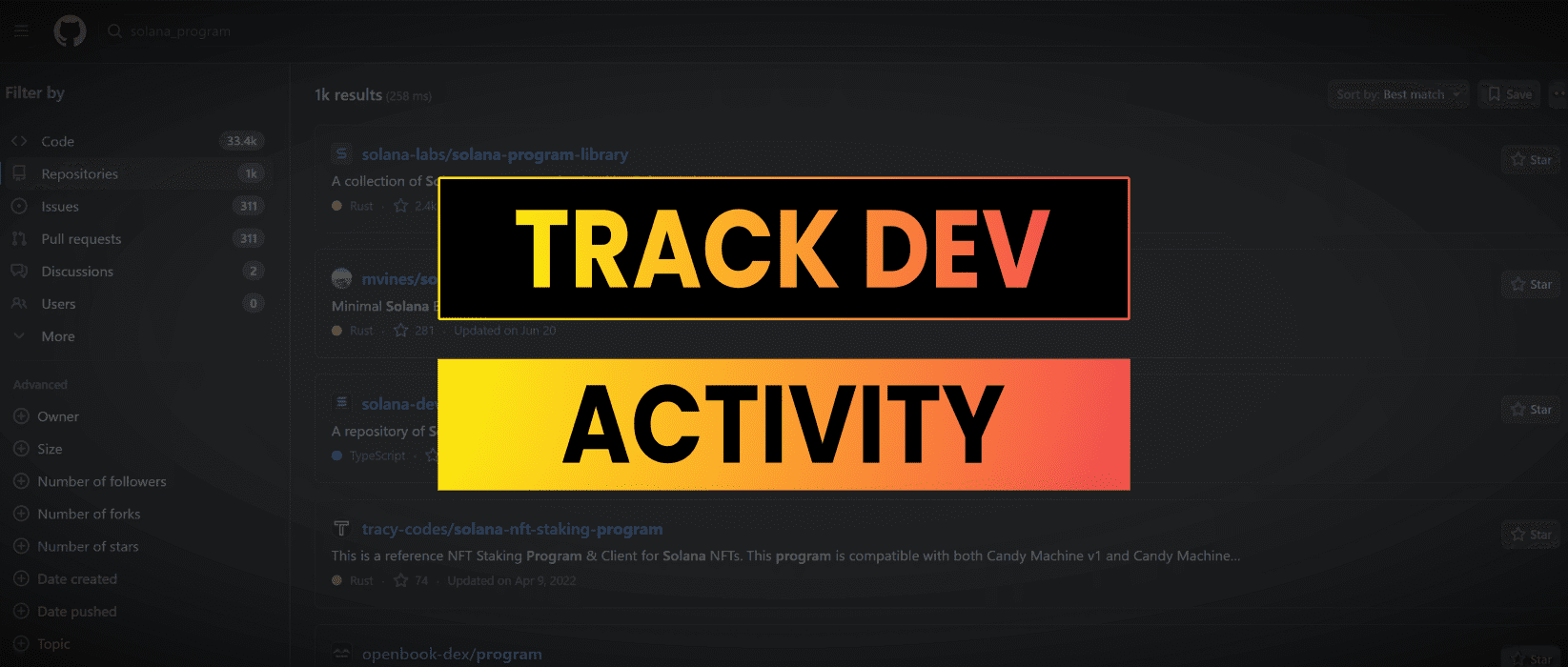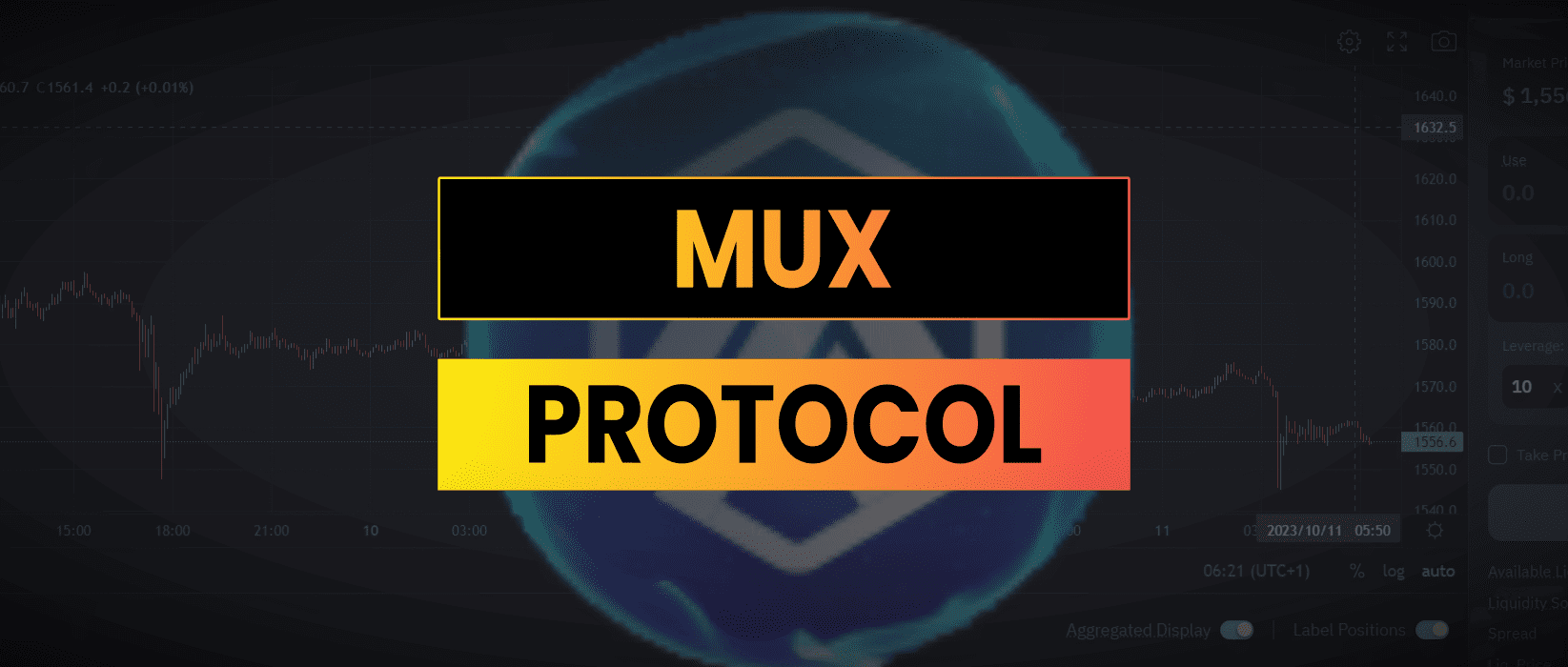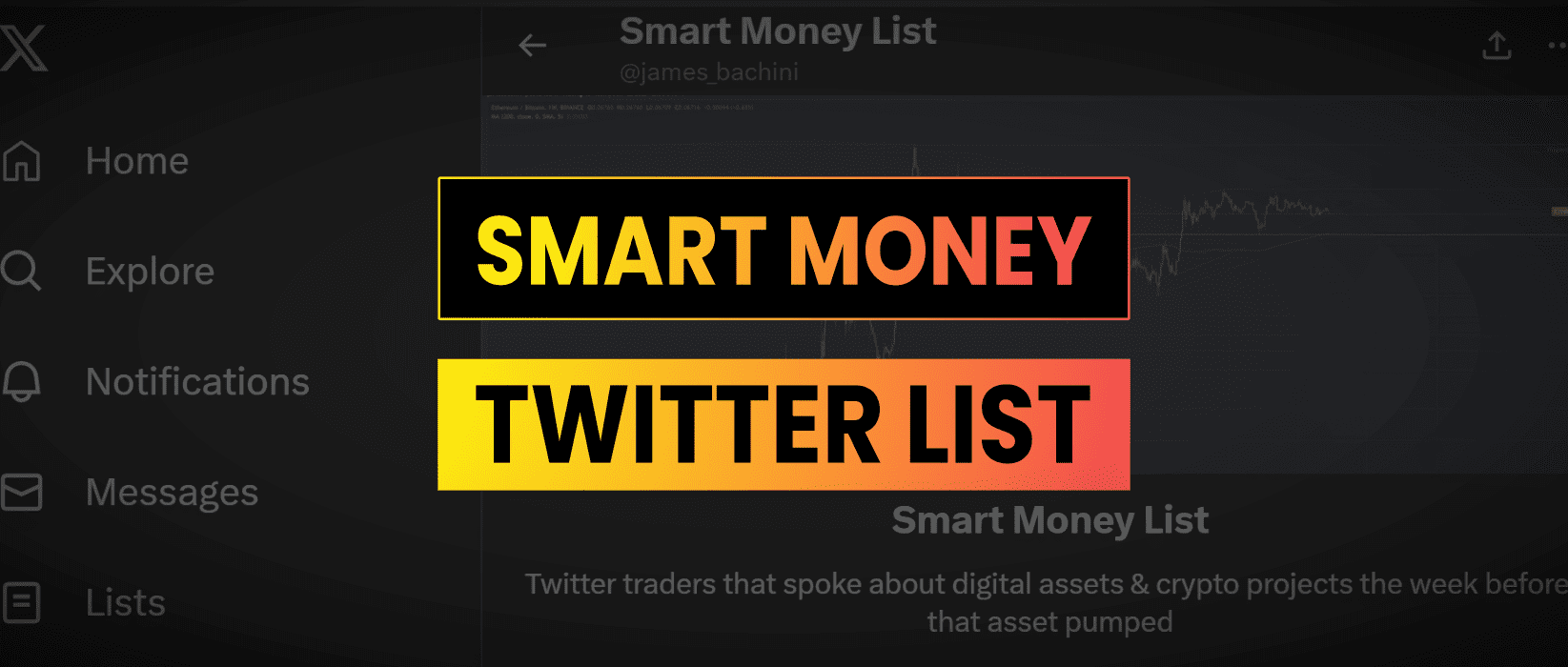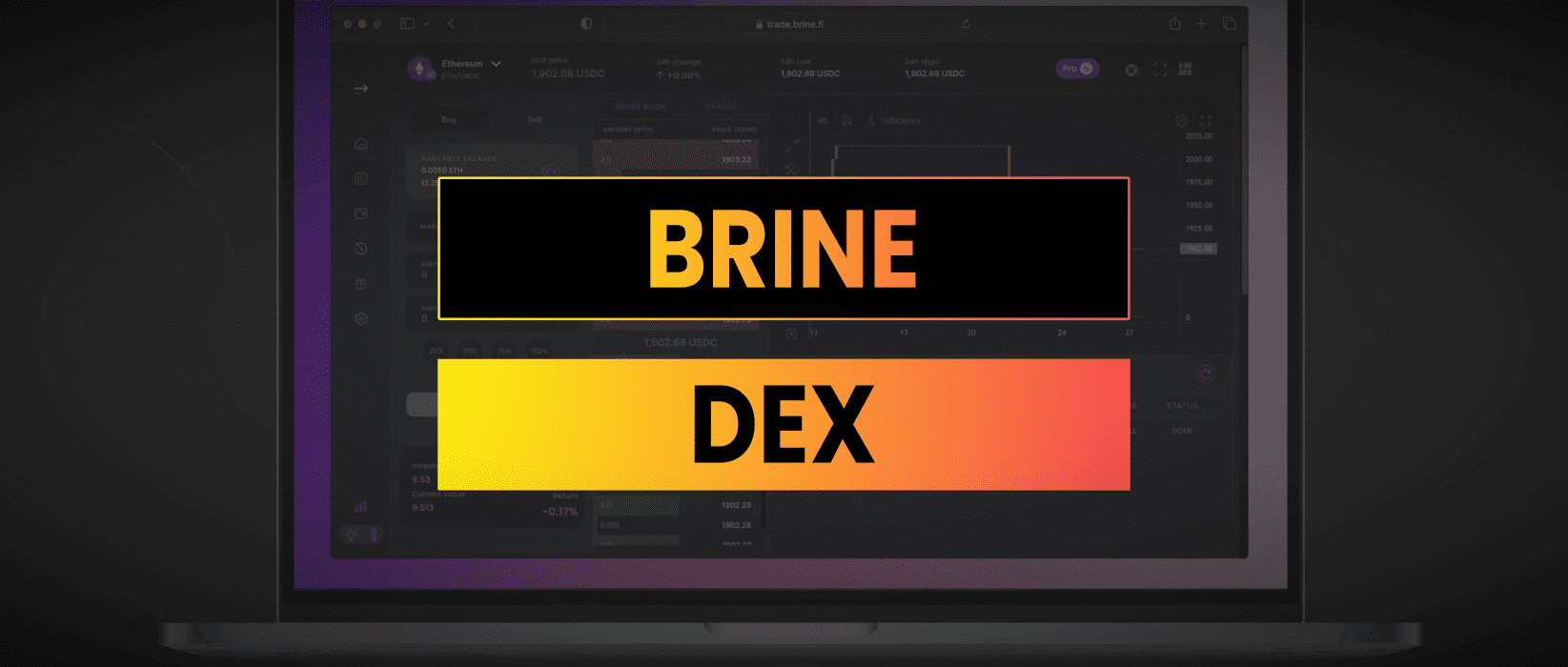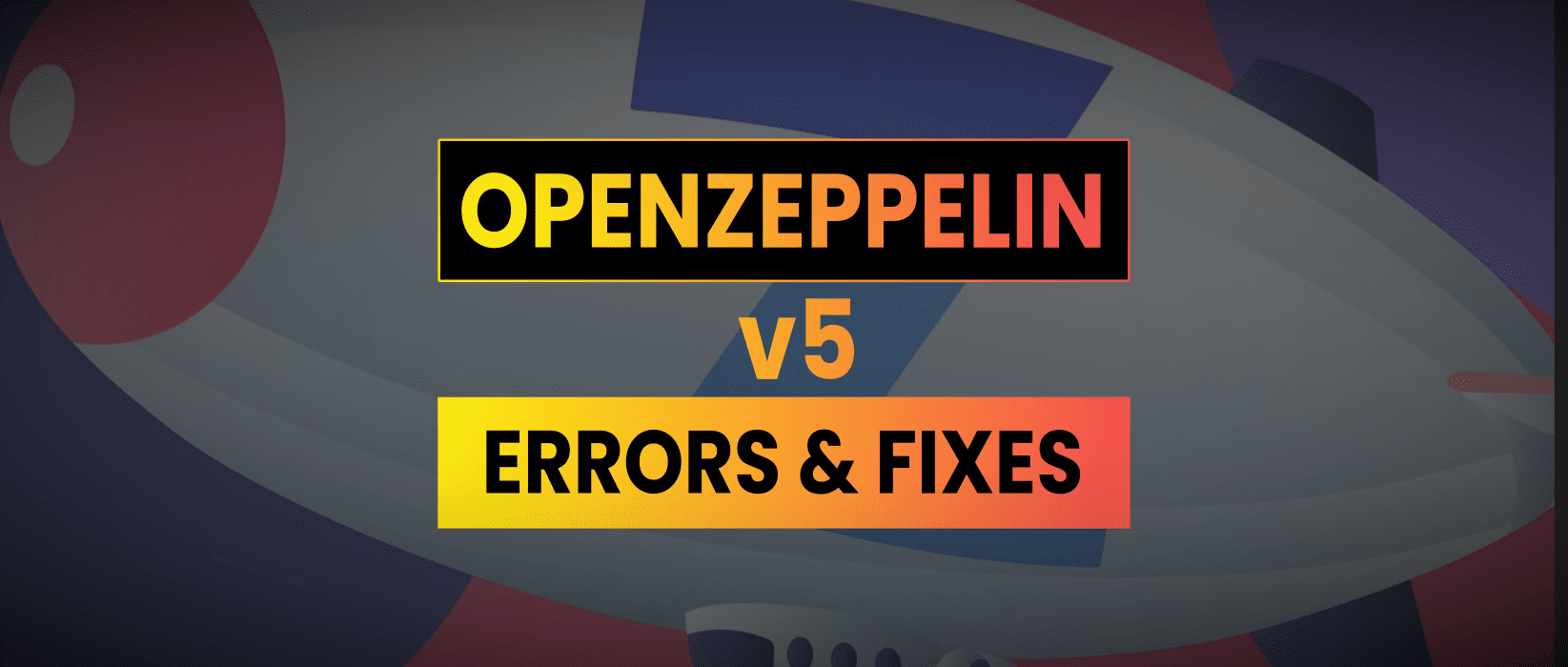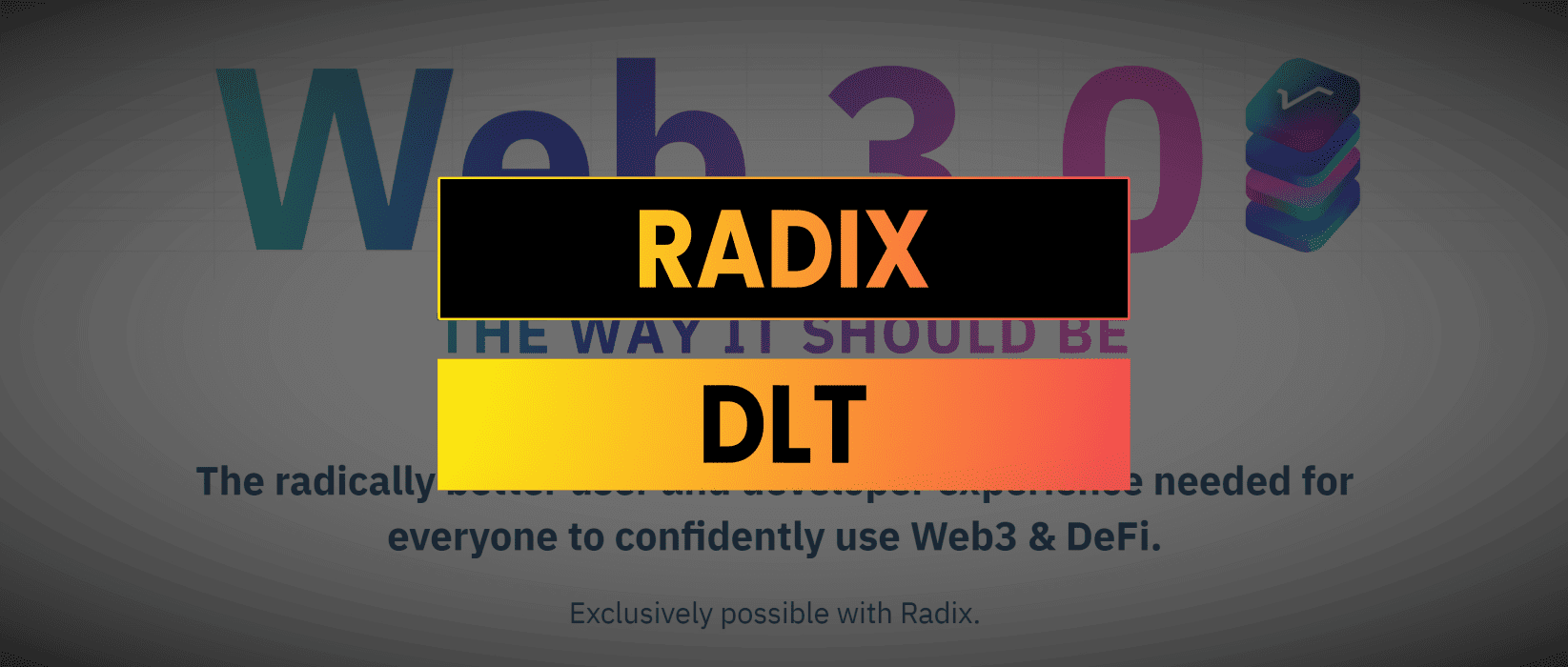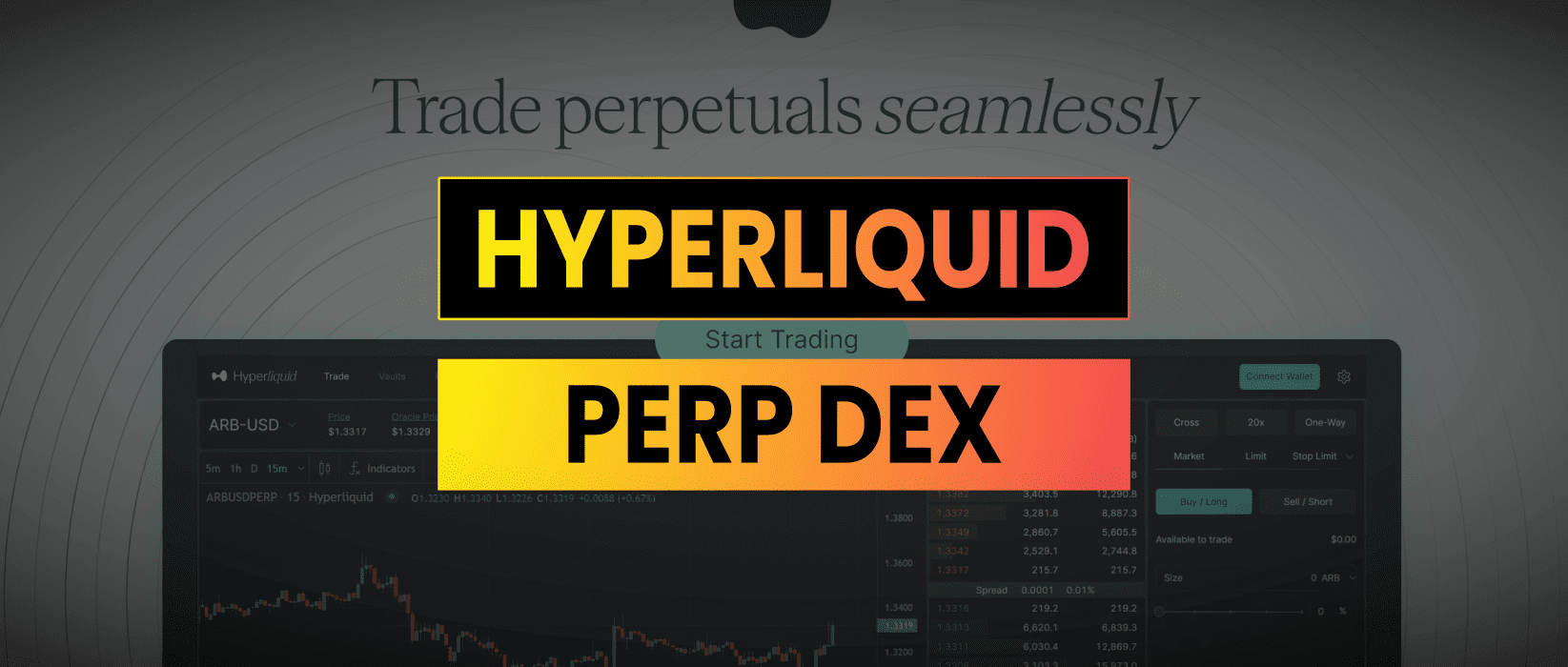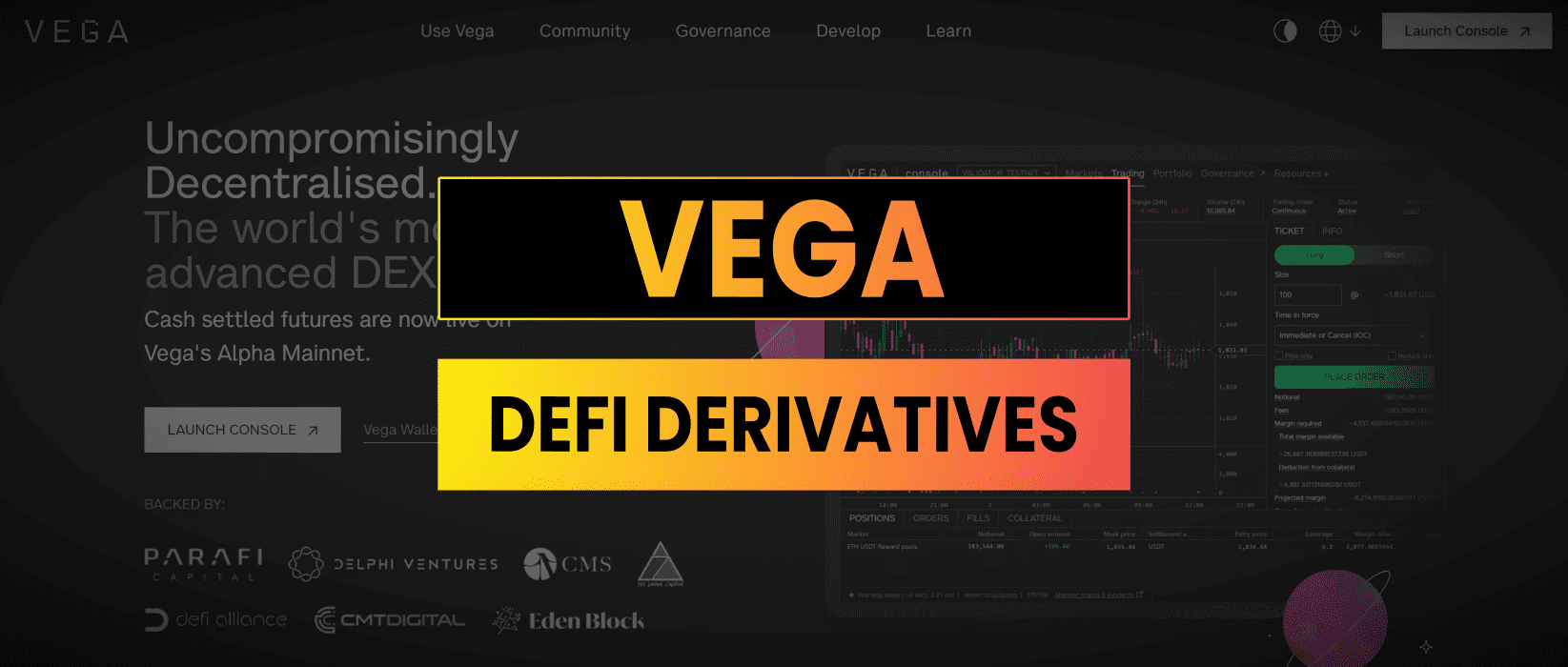James
-

Prediction Markets Solidity
Prediction markets are decentralized platforms where participants can bet on the outcome of future events. For example, people could bet on the outcome of a presidential election or a sports game. In this tutorial, we will walk through a smart contract built on Ethereum, which allows users to create and participate in prediction markets. The…
-

Incorporating Bitcoin In A Treasury Strategy
Cash Savings in Treasuries Treasury managers face a significant challenge in preserving the value of their reserves. Traditional cash savings, once considered a safe haven, have become increasingly unsuitable for long-term corporate savings. This shift is primarily due to the ongoing dilution caused by money supply growth, as central banks worldwide engage in quantitative easing…
-

A Simple Browser Resource Monitor
This single index.html file can be uploaded to any web server, run locally, or accessed here: https://jamesbachini.com/misc/browser-resources.html It enables web developers to monitor browser resources over time and test different devices processing abilities. The dashboard first collects and presents fundamental system information, providing context about the environment in which the application operates. This data includes:…
-

Stellar Soroban Boilerplate
In this tutorial I’m going to go through the code for a boilerplate which connects a Soroban smart contract to a React dApp. Note that for a more full featured demo app you can check out the excellent Scaffold Soroban at: https://developers.stellar.org/docs/learn/interactive/dapps/scaffold-soroban There is also this from the guys at Palta Labs:https://create-soroban-dapp.paltalabs.io/ James On YouTube…
-

AI Predictions | How Close Are We To AGI?
In recent years, the field of artificial intelligence has witnessed remarkable advancements, particularly in the domain of large language models. These sophisticated systems like ChatGPT have demonstrated impressive capabilities in natural language processing, coding, and problem solving. However, the question remains “how close are we to achieving true artificial general intelligence?” James On YouTube Watch…
-

Decentralized Lending Pools | Blend Capital
Overcollateralized lending has emerged as a cornerstone in the decentralised finance ecosystem, providing a secure and efficient way for users to borrow and lend digital assets. Blend Capital leverages this mechanism on Stellar’s Soroban smart contract platform, introducing a robust protocol for overcollateralized lending and borrowing. This article delves into how overcollateralized lending works, explores…
-

Encrypting Private Keys in .env
It has become very normalised to store Ethereum private keys in plain text within .env files. While this is convenient, it’s a disaster waiting to happen when working in production with wallets that contain real funds. Today, I’ll show you a better way to manage your hot wallet keys using AES encryption. Full code for…
-

Balancer v3 Hooks
For the Balancer v3 Hookathon (yep it’s a hackathon to create DeX hooks) I had the idea to try and create a fair launch memecoin platform. It’s the kind of thing that could bring utility to the ecosystem as we’ve seen recently with the wave of memecoin trading on Solana. The target is to create…
-

Creating WASM Files Using Rust and Running Them in the Browser
In this tutorial we will be writing some code in Rust, compiling to web assembly (WASM) and then running that code in a browser. This enables high performance applications to be run within a web dev setting. In this tutorial I’ll be using windows subsystem for Linux. Let’s first install Rust and wasm-pack (more instructions…
-

Understanding ABI Encoding: A Guide to abi.encodeCall and encodeWithSelector
What Is ABI Encoding Application Binary Interface (ABI) encoding is a crucial concept in Ethereum smart contract development. It serves as a standardised method for encoding function calls and data, enabling seamless communication between different components of the Ethereum ecosystem. ABI encoding ensures that data is consistently formatted and interpreted across various platforms and programming…
-

How to Host Your Own Generative AI Model with Flux
Why Host Your Own Flux Model Hosting your own AI model offers significant benefits, particularly for users who demand fine control over image generation, privacy, and customisation. Unlike public cloud-based APIs, which may impose usage limitations or fees, self-hosting gives you full control over how the model operates. You can adjust hardware configurations, implement optimised…
-

Enums In Solidity
Enums are one of the most useful and underused data types in Solidity. I think because they aren’t widely used in Javascript and web dev, they often get overlooked in contract development. In this article I’ll make my case for why enums deserve a place in your tool kit and smart contracts. Enums in Solidity…
-

WebAuthn PassKey Smart Wallets
In this article we will take a glimpse into the future of account abstraction where web3 can offer walletless, passwordless authentication to web applications. I’ll be connecting a Stellar Soroban smart contract to a web3 frontend and verifying signatures from biometrics on your phone. Welcome to the future. The full source code used in this…
-

React Hooks Tutorial | The 7 Most Important React Hooks
React Hooks provide a way to manage state, side effects, references and more in functional components. In this tutorial, we’ll look at the seven most commonly used React hooks When You Would Use These React Hooks useStateImagine you have a piece of data in your component that might change, like a number for a counter…
-

Value Investing In DeFi
For value investors the goal is to find assets priced below their intrinsic value, providing a margin of safety and potential for significant future growth. Could applying this principle to DeFi help identify underappreciated projects that are gaining significant traction. Let’s find out… Market Cap, TVL & FDV Market capitalization is the total value of…
-

7 Problems That DeFi Solves
Last month Vitalik caused a stir when he suggested that DeFi “can’t be the thing that brings crypto to another 10-100x adoption burst” In this article I’m going to share my thoughts on why DeFi is still the no.1 most important use case for Ethereum. Lack of Financial Inclusion In a world where millions remain…
-

3 Ways AI Will Change Software Development by 2030
As a developer who wrote his first computer program on a Commodore64, I’ve seen my fair share of technological shifts. But nothing quite compares to the seismic changes I anticipate large language models will bring to software development in the coming years. Let me take you on a journey through my vision of the future,…
-

Building Rust Smart Contracts On Stellar Soroban
Soroban is the smart contract platform that allows developers to write and deploy smart contracts on the Stellar network. This tutorial will guide you through the process of building a simple smart contract using Rust and deploying it to Soroban. I recently took on the role of Developer in Residence with Stellar and this is…
-

Pump.fun Clone In Solidity
Pump.fun is a token factory that lets users create and trade memecoins on Solana with dynamic pricing along a bonding curve. In this article I’ll show how I went about converting this concept to Solidity and deploying it on Ethereum. Full code for this is open source at: https://github.com/jamesbachini/Pump.sol Token Factory Contract At the core…
-

Over-Collateralized Lending In DeFi
Decentralized finance has opened up many possibilities for holders of digital assets. One of the products which has gained traction over the last few years has been over-collateralized lending which is now a $30+ billion dollar industry. In this article I’m going to look at how over-collateralized lending works, why would someone want to do…
-

Creating Your Own Oracle Solidity & NodeJS
In this tutorial I’m going to go through the steps to setting up your own oracle service to bring data on-chain. We are going to be deploying a simple smart contract, then setting up a NodeJS client to fetch the price of Bitcoin, then uploading this to the contract. Full code for this is open…
-

Format JSON Tool
A simple tool to lint and format JSON because I was fed up of using the ones covered in ads. Format JSON The Javascript code that makes this work is quite simple: It can be used to format outputs prior to displaying the results of API queries or any other JSON found wild around the…
-

Best Sketch To Image AI Generator
Recent developments in AI image generation have led to the availability of tools which can convert your doodles into generative images. Here is an example run across some freemium web apps: FreePik https://www.freepik.com/pikaso/sketch OpenArt https://openart.ai/create?mode=create NewArc https://www.newarc.ai/ ChatGPT https://chatgpt.com/ WindyBot https://windybot.com/editor Which Is The Best AI Sketch To Image Generator? As of September 2024 I…
-

The Future Of Bitcoin, Ethereum & Web3
In this article I’m going to discuss where I think the industry is going over the next decade and how emerging developments will affect the following: Bitcoin Bitcoin, the pioneer and household name of crypto, has not evolved significantly from its origins as a digital currency. It is becoming increasingly recognized as a mainstream financial…
-

What’s Happened Since Chip War
After reading Chip War by Chris Miller I was intrigued to see what developments have taken place since the book was written and if Moore’s Law is still alive and well. TSMC & Taiwan Strait Taiwan Semiconductor Manufacturing Company has maintained its position as the world’s leading chip manufacturer. The company announced ambitious plans for…
-

What Are Blockchains Good For?
This article explores the strengths, limitations, and potential applications for blockchain technology. I will delve into six primary areas where blockchain technology shows promise: Transparency Blockchains are inherently transparent, making it a powerful tool for enhancing trust, accountability, and security in various applications. This transparency is evident in how transactions are recorded on a publicly…
-

How To Calculate Gas Costs For Solidity Contracts
Deploying Solidity smart contracts can be expensive because the code needs to be stored on the shared storage of a decentralized peer to peer blockchain network. The dollar cost of deploying Solidity smart contracts is dependent on a number of variables: I’ve previously provided code to analyze the bytecode size of contracts, you can also…
-

Are We Living In A Simulation?
In the vast expanse of human thought and philosophical inquiry, few questions are as mind bending and provocative as the simulation hypothesis. This idea, popularized by philosophers and futurists, posits that our reality the world we perceive, interact with, and call home might be nothing more than an incredibly advanced computer simulation. The Simulation Hypothesis…
-

NFT Token Vault Solidity
This was inspired by the CryptoKitties WG0 token vault which accepts gen zero CryptoKitty deposits and mints 1 ERC20 token for each. Users can then buy tokens on exchange and claim NFT’s from the vault. The code is open source and available at: https://github.com/jamesbachini/NFTvault How The NFTvault Contract Works When you deposit your NFTs into…
-

Creating an UpOnly ERC20 Token
In this tutorial we are going to create a ponzi game in the form of an ERC20 token that has an internal marketplace function. The idea is to increase the price over time so that early buyers get to dump on late buyers at a higher price. The last buyer will have no liquidity to…
-

Solidity Encrypted Messaging dApp
This morning Pavel Durov, founder of Telegram, was arrested at a French airport for refusing to provide backdoor access to the messaging application. This tutorial will demonstrate how to use Elliptic Curve Diffie Hellman (ECDH) cryptography to establish a shared secret and encrypted messaging across a insecure communication channel, in this case a public blockchain.…
-

CryptoKitties Investment Thesis
Below I have outlined the reasons why I invested my kids college fund into pictures of cats and why CryptoKitties are my highest conviction bet in the NFT space. Historical Significance CryptoKitties hold a unique place in the history of blockchain adoption and NFTs. It was the first time I remember the Ethereum network becoming…
-

7 Incredible Use Cases For ChatGPT
ChatGPT has become an invaluable tool since it’s release in 2022. Here are seven amazing use cases which you can take advantage of today. Language Partner Learning a new language can be challenging, vraiment difficile, but ChatGPT can serve as an invaluable language partner. ChatGPT’s chat feature can be utilized as a voice tutor, it…
-

Script To Analyze Bytecode Size Of Smart Contracts
I was having trouble with the hardhat bytecode plugin so I wrote a little nodejs script which will print off the size of my compiled Solidity contracts. You’ll need nodejs installed and can then run it like this. You should get an ouput like this: Here’s the code to save to analyze_bytecode.js file in the…
-

Solidity Virtual Pet
Let’s create a virtual pet in Solidity and deploy it to the blockchain. Full frontend and contract code for this tutorial can be found here: https://github.com/jamesbachini/Solidity-Virtual-Pet Demo here: https://jamesbachini.com/misc/SolidityPet/index.html Smart Contract Our pet is going to have two attributes for hunger and happiness. Hunger should increase over time and happiness should have a mechanism where…
-

How To Scrape Twitter/X Without API Access
Scraping Twitter/X without direct API access can be accomplished by leveraging third-party services like RapidAPI, which provides a streamlined way to interact with Twitter data. In this tutorial, we’ll walk through the process of using RapidAPI to scrape tweets from a specified user. I’m going to provide code snippets in Python and NodeJS for this…
-

Calculating Bitcoin Fair Value With Rust
In this tutorial, we will create a Rust script that: Instructions Rust Code The code is open source and available on Github: https://github.com/jamesbachini/Bitcoin-Fair-Value We’ll start with the async fetch_klines function to fetch Bitcoin price data from the Binance API. The Binance API provides various endpoints for accessing market data, and we’ll use the /api/v3/klines endpoint…
-

AI Is Not Decentralized
Can AI solve centralization issues for blockchain projects? There’s more hype than ever around “AI on the blockchain” and while this still isn’t a thing I’d like to look at one particular use case in this article. Can machine learning be used to address centralization issues, is it enough to trust a model where true…
-

Can ChatGPT & Keras Predict The Price Of Bitcoin
I get asked a lot if ChatGPT can be used for trading and I normally say “no, it’s a language model which isn’t designed to find market patterns in numerical price data”. ChatGPT works more like predictive text in a search engine or on your phone but what it is good at is writing code…
-

Calculating CAGR in Python & JavaScript
The Compound Annual Growth Rate (CAGR) is a useful measure for assessing the mean annual growth rate of an investment or business metric over a specified period longer than one year. Unlike other growth metrics, CAGR smooths out the volatility, providing a clearer picture of how investments grow over time. In this guide, I’ll show…
-

How To Check Token Balances Using Python
To check a wallet token balance on the Ethereum blockchain using Python you will need the following: Once we have our API key ready and Python installed we can install web3.py using the following command Now let’s create a file called balance.py and add the following code. Note the code is also available in the…
-

Using ChatGPT To Explore Future Investment Opportunities
This post was inspired by @Jake_Pahors post on Twitter which led me down a rabbit hole of thinking about what the world might look like in 10 years time and what investment opportunities might arise from these changes. The first step was to get ChatGPT to check what I was missing using the following prompt.…
-

DeFi Whale Watching Tutorial & Code
Imagine if you could tap into the strategies of top investors and see where the smart money is allocating capital? Welcome to the world of DeFi whale watching, where tracking high net worth wallets can give you the edge and open up new Whale Watching Explained DeFi whale watching involves tracking the investments of “smart…
-

Investment Thesis for Alibaba Group (BABA)
I first became addicted to eBay a couple of decades ago, over time I started ordering more and more on Amazon, I’ve now found myself ordering more on AliExpress and having items shipped directly from China. During the Euros (soccer tournament) AliExpress was one of the main sponsors which got me thinking that this trend…
-

DeDollarisation In The Changing World Order
What if the world’s most dominant currency, the US dollar, is losing its grip on global power? De-dollarisation is a seismic economic shift that could reshape the global financial landscape as we know it. Imagine a future where the dollar’s influence wanes and emerging currencies, backed by hard assets rise to prominence. This change will…
-

DeFi Analysis With Rust
In this tutorial I’m going to provide some code and show you how to monitor the number of depositors to Eigenlayer over the last 24 hours. We will be using Rust with the Tokio and Ethers libraries along with the Infura API which you can get a free key from here. The first thing we…
-

Structured Products DeFi
We all remember the 2008 financial crisis, a global upheaval sparked in part by complex structured products like collateralised debt obligations. These financial instruments are still widely used in traditional finance to manage risk and enhance returns. But what if we could reimagine these products in DeFi? In this article, we’ll explore how decentralised structured…
-

ChatGPT vs Claude
In this test we will be comparing the performance of OpenAI’s ChatGPT to Anthropic’s Claude. Both are LLM based AI models designed to offer virtual assistant type services. Update 2024-08-09 I find I’m using Claude more and more for complex coding tasks. It seems to have access to more up to date data and I’m…
-

Web3 vs Cloud Computing
Have you ever wondered if decentralised data storage can truly rival the convenience and efficiency of traditional cloud services like AWS? Web3 devs today face several significant challenges. On-chain data is currently slow, expensive, and often comes with a poor user experience. However, with the rapid advancements in technology, the future could look very different.…
-

How To Lookup An ENS Name In Python
To check a wallet token balance on the Ethereum blockchain using Python you will need the following: Once we have our API key ready and Python installed we can install web3.py using the following command Now let’s create a file called enslookup.py and add the following code. Enter your Infura API key on line 5.…
-

The Future Of Cryptography
Have you ever wondered how the world of cryptography will evolve in the next two decades? As technology races forward, the landscape of data security is set to undergo dramatic transformations. From quantum resistant algorithms to biometric encryption, the world of cryptography is evolving. Let me take you through the fascinating journey of where we…
-

Bitcoin Censorship Resistance
Imagine a world where your transactions are dependent on government approval. A central authority has the ability to cut off your right to trade for any reason they see fit. We aren’t far from this already and we’ve things like sanctions and freezing of assets by governments around the world. This primarily targets the banking…
-

The Ethereum Pectra Upgrade
Imagine your everyday Ethereum account could temporarily transform into a powerful smart contract wallet. This is exactly what EIP-7702, a core part of the Pectra upgrade, promises. This new feature will allow normal Ethereum account addresses (EOAs) to act as smart contracts during transactions, only to revert to their original state afterwards. This upgrade has…
-

Building A Portfolio Tracker In Python
In this tutorial we will be building a digital asset portfolio tracking tool using python and the Coinbase API. You’ll need to install python and the following library to make requests. The code for this is open source on Github at: https://github.com/jamesbachini/Python-Portfolio-Tracker Put this in a file called portfolio.py or fork the repo above. Then…
-

Apple Tap To Cash
Apple’s WWDC 2024 keynote unveiled Tap to Cash to simplify p2p payments, simply tap one iPhone to another to send money via Apple’s wallet. Why should you care about a minor tech upgrade from Apple? Because this one could be the first step towards a wider change in how we handle personal transactions. Dive in…
-

Interest Rates, FOMC & Crypto
Ever wondered why crypto traders are obsessed with FOMC meetings and what the Federal Reserve are planning next? Interest rates set by the Fed impact the price of Bitcoin and other digital assets alongside stocks, shares and bonds. What if you could anticipate long-term price movements just by understanding a few macro economic principles? Let…
-

Building a Career in Web3
Web3 represents the future of the internet, where developers can deploy permissionless code on a decentralized network. Building a career in this space requires a combination of technical skills, practical experience, and a strategic approach. This article outlines the key steps for anyone looking to forge a career in Web3, from learning Solidity to launching…
-

Frontrunning Crypto Catalysts For Fun & Profit
There is opportunity in crypto markets if you can get ahead of the next narrative and allocate capital prior to mass of market participants. Staying ahead of the curve often means keeping an eye on emerging trends and strategic moves that can significantly impact a project’s market perception and value. In this article I’m going…
-

Ethena USDe | DeFi Analysis Report
Ethena Labs has introduced USDe, a synthetic dollar on the Ethereum blockchain. USDe is designed to be crypto native, stable and censorship resistant. This is a write up of my internal research notes, this is not a sponsored post and I do not hold any exposure to Ethena or USDe at time of writing. Do your…
-

Creating A Solidity Escrow Smart Contract
In this tutorial, we will create an Escrow contract using Solidity and deploy it to an Ethereum testnet. An Escrow contract is a financial agreement where a third party (the arbitrator) holds and regulates payment of the funds required for two parties involved in a given transaction. It helps make transactions more secure as it…
-

Starknet STRK Tokenomics
Starknet is a layer 2 zero knowledge rollup which uses a STARK cryptographic proof and Cairo based smart contracts. A few days ago they released the STRK token and in this article I’ll dive in to the tokenomics. Currently at time of writing the token trades at $1.91 and has a $1.39 billion dollar circulating…
-

How To Create ERC404 Tokens Solidity Tutorial
An ERC404 token is a digital asset that combines the characteristics of ERC20 fungible tokens and ERC721 non-fungible tokens (aka NFT’s) to enable fractional ownership of an NFT. In essence, ERC404 tokens represent divisible parts of an NFT, allowing multiple individuals to own shares of a single NFT. This approach is designed to enhance the…
-

Aggregated Blockchains and Polygon’s Agglayer
Polygon is gearing up to launch its AggLayer v1 mainnet with an event later today at 14:00 UTC Feb 23rd “Aggregation Day 2024”. In this article I’ll look at what aggregated blockchains are and how Polygon’s Agglayer works. What Are Aggregated Blockchains? The idea of aggregated Blockchains is to facilitate developers in bridging different blockchains…
-

Adversarial Simulation Testing For Smart Contract Developers
I recently read Gene Kranz’s first hand account of the Gemini and Apollo Nasa missions. He talks about the rigorous simulation testing that flight directors had to partake in prior to a mission. Simulation testing plays a crucial role in ensuring the preparedness of astronauts and flight controllers for spaceflight. This process is managed by…
-

Javascript Smart Contracts
As an experiment I converted this Vyper token contract to a Javascript/Typescript syntax to see if we could make it easier for web developers to get up to speed with smart contract development. Solidity is the most popular smart contract language and it is already based losely on Javascript but there are plenty of syntax…
-

Vyper Tutorial | Learn Vyper In 24 Hours
Vyper is a pythonesque smart contract language that can be compiled and deployed on Ethereum and other EVM blockchains. 90%+ of blockchain devs use Solidity but there are some big projects such as Curve using Vyper and it’s growing in popularity and tooling compatibility. The best way to get started with Vyper is to head…
-

Using Vyper With Remix
You can now use Vyper (a smart contract programming language similar to python) with remix to build and deploy contracts on Ethereum and other EVM blockchains. The first step is installing the Vyper plugin at https://remix.ethereum.org/ where you’ll find a list of plugins using the icon in the bottom left. You’ll then get an extra…
-

Sell Me This Pen.sol
What happens when you ask a blockchain developer to sell you a pen? Etch your words permanently on the Ethereum blockchain where they will outlive you & create an everlasting record of your thoughts, contemplations & predictions. This is your chance to leave an eternal mark and express your presence in the digital age while…
-

LRTs | Liquid Restaking Tokens
I’ve previously discussed Eigenlayer and how restaking works but let’s look at what this will look like for the majority of users. Liquid Restaking Tokens are the equivalent of stETH for restaking where users can deposit assets to gain exposure to yield from restaking using a simple ERC20 token. This is a write up of…
-

Crypto Market Thesis 2024
The crypto market has experienced significant recovery this year, with Bitcoin’s value surging from $16,500 to over $40,000. Growth was shadowed by increased regulatory scrutiny, particularly impacting centralized exchanges. The Bitcoin halving in April 2024 is poised to be a pivotal event, historically triggering market rallies. The potential January approval of Bitcoin spot ETFs could…
-

Nixon Shock | The Beginning Of The End
In a bold and controversial move in 1971, U.S. President Richard Nixon instigated what is now known as the “Nixon Shock“ Faced with soaring inflation, Nixon implemented drastic measures including wage and price controls, import surcharges, and ending the U.S. dollar’s gold convertibility. This move effectively dismantled the Bretton Woods system, an international monetary framework…
-

Midjourney vs Dall-E (ChatGPT) | Best AI Image Generator Tests
I currently have a subscription to both Midjourney and ChatGPT but find myself using Dall-E more and more often for image generation tasks. I wanted to carry out some tests to decide if I still needed the Midjourney subscription. James On YouTube Watch On YouTube: https://youtu.be/mf1kWjzlsqI |Subscribe Midjourney vs Dall-E | The Differences Interface Dall-E…
-

How To Deploy A Website Or dApp To IPFS | Fleek Tutorial
Gm, in this tutorial we are going to be deploying a website to IPFS to create a decentralized frontend. To do this I’ll be using Fleek which has a free tier and which suits our needs. James On YouTube Watch On YouTube: https://youtu.be/https://youtu.be/DmpXbmjnpec |Subscribe We will start by getting our site on Github. We can…
-

Etherspot Account Abstraction Tutorial
I find it surprising and rare when using new technology and it just works and is intuitive. Getting up to speed with Etherspot and account abstraction is one of those rare occasions. In this tutorial I’ll show you how I created a little demo to create a smart wallet, fund it and then send batched…
-

TradingView Pine Script Examples | Master Pine Script With 6 Real World Examples
TradingView’s Pine Script coding language has emerged as the leading tool for traders looking to craft custom indicators and strategies with accuracy and ease. In this Pine Script tutorial I’ll provide a practical gateway into the intricacies of this coding language, tailored with useful examples to get you started. Whether you’re a novice coder or…
-

Solidity Proxy Contract Tutorial With Example Code
This Solidity proxy contract tutorial delves into the concept of upgradeable proxy contracts in Solidity, specifically utilizing OpenZeppelin’s proxy contract template. We’ll start with an understanding of how these contracts work, the compromise of immutable decentralization vs upgradeability and then dive into practical code examples. Proxy Contract Video Tutorial In this video I provide an…
-

LLM vs AGI | Limiting Reality of Language Models in AGI
Artificial Intelligence has made remarkable progress in recent years, with large language models like ChatGPT demonstrating capabilities that seemed impossible just a decade ago. However, these achievements, impressive as they are, still fall far short of Artificial General Intelligence – the holy grail of AI development that would match or exceed human-level cognition across many…
-

Web3 Session Keys
We are going on a journey to seamlessly integrate session keys into a web3 dApp, striking a balance between autonomy and ease of use that your users are yearning for. The goal is to enable users to authenticate with a digital wallet and store a session key on their device. This session key will provide…
-

ATOM Cosmos Analysis | A Deep Dive Into The Cosmos Ecosystem
This is a write up of my internal research notes, this is not a sponsored post and I do not hold any exposure to ATOM at time of writing. Do your own research, not investment advice. What Is Cosmos Cosmos is a decentralized layer zero network of independent blockchains, designed to enable scalability and interoperability between…
-

Ethers-rs Tutorial | The Rust Web3 Library
In this tutorial we will be setting up a Rust script to connect to a smart contract on a blockchain network to display on-chain data using the ethers-rs library. James On YouTube Watch On YouTube: https://youtu.be/FA7WFGtyri8 |Subscribe Let’s start by setting up a new Rust project (you’ll need rust installed on your device and I’ll…
-

GEAR Gearbox Protocol | DeFi Analysis Report
Gearbox Protocol introduces a framework for both passive lenders and active borrowers. It empowers traders with leverage that can be used to scale up trades and yield farming strategies on decentralized exchanges such as Unsiswap and Curve. With an emphasis on composable leverage, zero funding rates, and permissionless strategies, Gearbox Protocol is an compelling microcap…
-

ChatGPT Plus vs Free | Is The Paid Version Of ChatGPT Worth It?
ChatGPT Plus vs Free [Video] James On YouTube Watch On YouTube: https://youtu.be/U3xXd3vV4iU |Subscribe Why Upgrade To ChatGPT Plus? ChatGPT Plus is the paid version of ChatGPT, it currently costs $20/month + VAT and there are 3 main reasons why the average user would want to upgrade to the premium version: On top of this paid…
-

Asymmetry Finance | DeFi Analysis Report
Asymmetry Finance has emerged as a significant player in the liquid staking wars, offering an aggregated liquid staking token. This article explores the core functionalities of Asymmetry Finance and its core product safETH. This is a write up of my internal research notes, this is not a sponsored post and I do not hold any exposure…
-

WAGMI Tutorial | The Web3 React Framework
WAGMI is a set of Typescript React hooks for web3 which enables developers to connect to smart contracts on blockchain networks. In this tutorial we will look at how to install and setup a boilerplate in WAGMI and then build a simple read query. WAGMI in 3 Mins [Video] James On YouTube Watch On YouTube:…
-

Emergent use cases for self-sovereign identity in DeFi
Abstract The DeFi sector is facing increased regulatory pressure to de-anonymize certain transactions and user profiles, while simultaneously dealing with flagging user confidence in terms of their individual rights to data privacy. This is providing fertile ground for innovative companies to try to allow end users to be the sovereign of their own identity and…
-

How I Track Developer Activity For Crypto Projects
In this article I’m going to share how to track developer activity for crypto projects for fundamental analysis. James On YouTube Watch On YouTube: https://youtu.be/DTI7ELSA6CA |Subscribe Understanding the Crypto Development Ecosystem Cryptocurrencies like Bitcoin and Ethereum as well as the majority of blockchain projects are fundamentally software. They are applications that run on a decentralized…
-

eBTC How To Trade The Flippening
eBTC is an over-collateralized digital asset pegged to the price of Bitcoin which can be minted using stETH as collateral. This is a write up of my internal research notes, this is not a sponsored post and I do not hold any exposure to eBTC at time of writing. Do your own research, not investment advice.…
-

MUX Protocol | DeFi Analysis Report
MUX is a decentralized trading platform offering slippage free trades and 100x leverage. This is a write up of my internal research notes, this is not a sponsored post and I do not hold any exposure to MUX at time of writing. Do your own research, not investment advice. The first thing that jumps out about…
-

How I Built A Smart Money List On Twitter
X formerly known as Twitter includes two features which allows us to create a list of accounts from people that frontrun narratives and successful trades. tl;dr if you just want to see the final list it is here: https://twitter.com/i/lists/1712044491618545903 James On YouTube Watch On YouTube: https://youtu.be/4qYraarbsYs |Subscribe Step 1. Collecting Project Data My main focus…
-

Investing In Real World Assets Through DeFi
Real world assets (RWA) are tokenized digital forms of traditional finance assets. A centralized entity will raise capital by selling tokens and investing the proceeds in to an underlying asset or strategy. This has become particularly popular with bonds and treasuries due to recent rises in interest rates. The market leaders in this field by…
-

Brine Finance | DeFi Analysis Report
Brine Finance is a decentralized orderbook exchange built on Starkware. They recently raised $16.5m at a valuation of $100m in a round led by Pantera Capital. This is a write up of my internal research notes, this is not a sponsored post and I do not hold any exposure to Brine at time of writing. Do…
-

OpenZeppelin 5 Solidity Common Errors
OpenZeppelin have just released version 5 of their Solidity smart contract libraries and there are some breaking changes that are going to cause errors. The two main ones are the Ownable.sol import which allows devs to create onlyOwner functions and the token hooks on ERC20, ERC721 & ERC1155 contracts. Ownable Constructor If you are getting…
-

Radix DLT | DeFI Analysis Report
Radix is a layer one blockchain which has recently gone live on mainnet enabling developers to deploy scrypto smart contracts. In this report I’ll explore the novelties of the technology, dive into the scrypto programming language, look at the excellent developer resources, analyze the tokenomics of the native XRD token and draw a conclusion on…
-

HyperLiquid | Decentralized Perpetual Futures Trading
Hyperliquid is a decentralized exchange that specializes in perpetual futures contracts. It’s seen modest growth through a difficult bear market and has a frontend remarkably similar to FTX. Let’s dive in. This is a write up of my internal research notes, this is not a sponsored post and I do not hold any exposure to HyperLiquid…
-

Understanding RFQ in Crypto | Request For Quote Systems
Uniswap recently announced they are developing an RFQ (request for quote) system that will change the way we swap digital assets. In this article we will look at RFQ in crypto and how it works. How RFQ Works RFQ works when a buyer invites sellers to bid on specific amount of an asset. The buyer…
-

Hardhat Solidity Tutorial
Hardhat is an extensive framework for developing, testing and deploying solidity smart contracts. In this Hardhat Solidity tutorial you will learn how to set it up, how to create hardhat unit test tricks, working with hardhat scripts and finally some Hardhat tips and tricks for Solidity developers. Hardhat Easy Setup Hardhat is built on NodeJS…
-

NEAR BOS | Blockchain Operating System
Near BOS is a complete framework designed for creating, testing, deploying and distributing decentralized application frontends. Developers can create Javascript based dApps with the frontend code stored and distributed from a blockchain. It is blockchain agnostic so you can store data on Near and EVM chains. BOS is a collection of components, blockchains & gateways.…
-

VEGA DeFi Derivatives Protocol | DeFi Analysis Report 🔍
VEGA is a dedicated appChain built for decentralized derivatives such as futures and options contracts. This is a write up of my internal research notes, this is not a sponsored post and I do not hold any exposure to VEGA at time of writing. Do your own research, not investment advice. Vega is a infrastructure layer…

